* (restored)
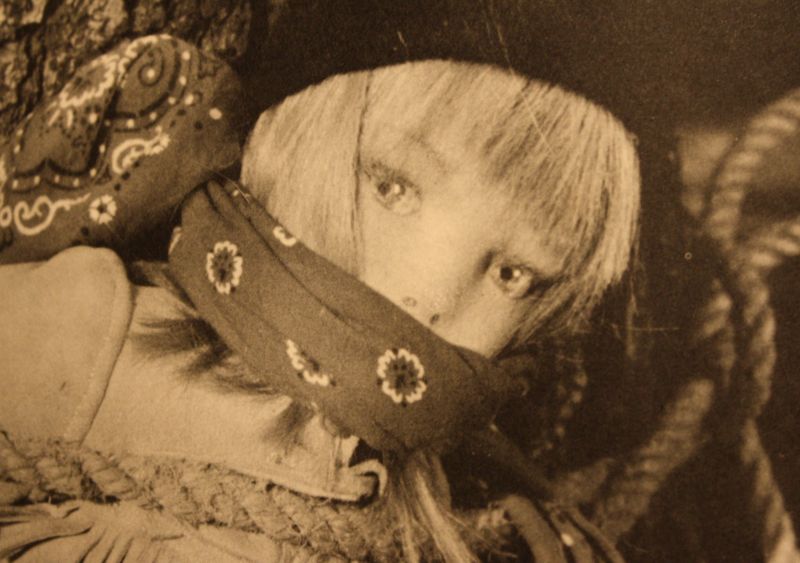
‘Have you heard of the The Lonely Doll? For my birthday one year, my friend Drew presented me with a reissued copy of A Gift From the Lonely Doll and these solemn words: “You need this book.” It was one in a series of ten “lonely Doll” books by the late photographer/author/model Dare Wright, the first of which was originally published in 1957 with a trademark pink-and-white gingham cover. The story was told via beautiful black-and-white photographs of a curious doll named Edith and her teddy bear friends, Mr. Bear and Little Bear.
‘Like so many children’s books, A Gift From the Lonely Doll was an aching mix of absurd and profound. But there was also something unsettling about its images of dolls come to life. Why was this little doll knitting a scarf for a stuffed bear? Why did she have to go shopping for the yarn in the city all by herself? Why was her skirt so short, and why was she so frequently photographed from behind? My first flip through the book stirred a sense of strange familiarity—I intuitively understood this peculiar universe, yet it creeped me out and left me wanting to close the book and back away, kind of how I felt as a kid after watching too many Twilight Zone episodes on a Sunday afternoon. When Drew pointed out the author’s photograph on the book jacket, I got quiet. Dare Wright looked exactly like little Edith.
‘Edith was named after Dare’s mother, who gave her daughter the felt Lenci doll when Dare was just a child. Years later, Dare unearthed the doll from a trunk, and like Edie Sedgwick to Andy Warhol, little Edith became Dare’s blank slate. She created a blonde wig for her, added small gold hoop earrings similar to her own, and dressed her up in a pink-and-white gingham outfit that she’d made by hand. Soon Edith came to bear an uncanny resemblance to the photographer herself. The side-eye of the Lenci allowed her expression to go from quizzical and innocent to complete bitchface with a slight change of perspective, and Dare proceeded to depict little Edith in a variety of scenes: opening the door to greet the two bears, brushing her hair while gazing into a mirror, hanging out at the beach, standing at the foot of the Brooklyn Bridge, dressed up as hippies protesting city pollution, tied up to a tree and gagged—YES.
‘The story behind the stories is a whole other story — a true gothic tale. On the surface, Dare’s life was super glamorous. Her mother, Edith (aka Edie) Stevenson Wright, was a successful portrait painter for whom dignitaries and celebrities like Dwight Eisenhower and Greta Garbo once sat. Dare was intelligent and beautiful, and Edie taught her how to paint, draw, and sew. A high school teacher pushed her into acting and then modeling, but she became interested in the camera, and soon became a fashion photographer for Vogue and Harper’s Bazaar.
‘The portrait of Dare that emerges from Nathan’s biography is of a sad and troubled woman. Growing up, Dare felt the absence of her father and her brother, whom she’d last seen when she was three and her parents divorced. Her mother retained custody of Dare, but she worked a lot, and Dare was left home alone with instructions to “keep the door locked” for hours on end. Edie dissuaded Dare from making friends, and the two often played dress-up, photographing each other in gowns and other outfits, and Edie encouraged Dare to pose nude during their summer vacations (in other accounts, it is Dare who orchestrated these shoots, while Edith merely clicked the shutter).
‘Dare eventually reconnected with her brother, Blaine, and was briefly engaged to one of his friends, but the bio suggests her affections were directed toward her sibling, and that their relationship was intense and “highly charged.” Dare remained close to her mother—they often slept together when they stayed at Dare’s apartment in New York, or on their many vacations. After Edie died in 1975, Dare became a recluse and an alcoholic. According to Nathan, she may have remained a virgin all her life. She was reportedly raped by a stranger when she was about 80; after that she moved into a public hospital in Queens, New York, where she lived out the last six years of her life. She died in 2001 at the age of 86.’ — Rookie Magazine
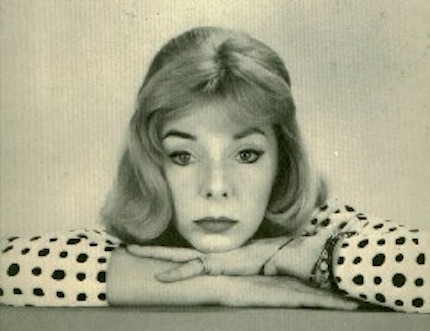
_____
Moving
Dare Wright NYC exhibition (walk-through)
Dare Wright~The Lonely Doll Author & Those She Loved
Tosh Talks: DARE WRIGHT
Kodagain ‘Dare Wright’
Dare Wright in Central Park
__
Her

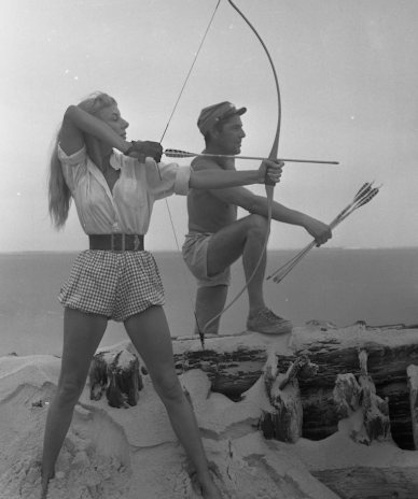
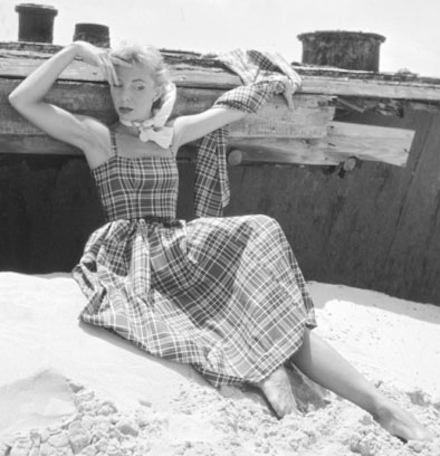

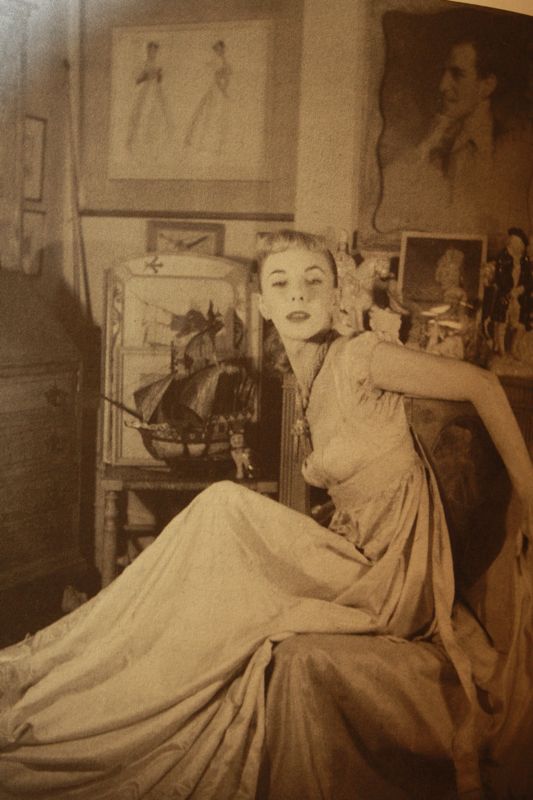

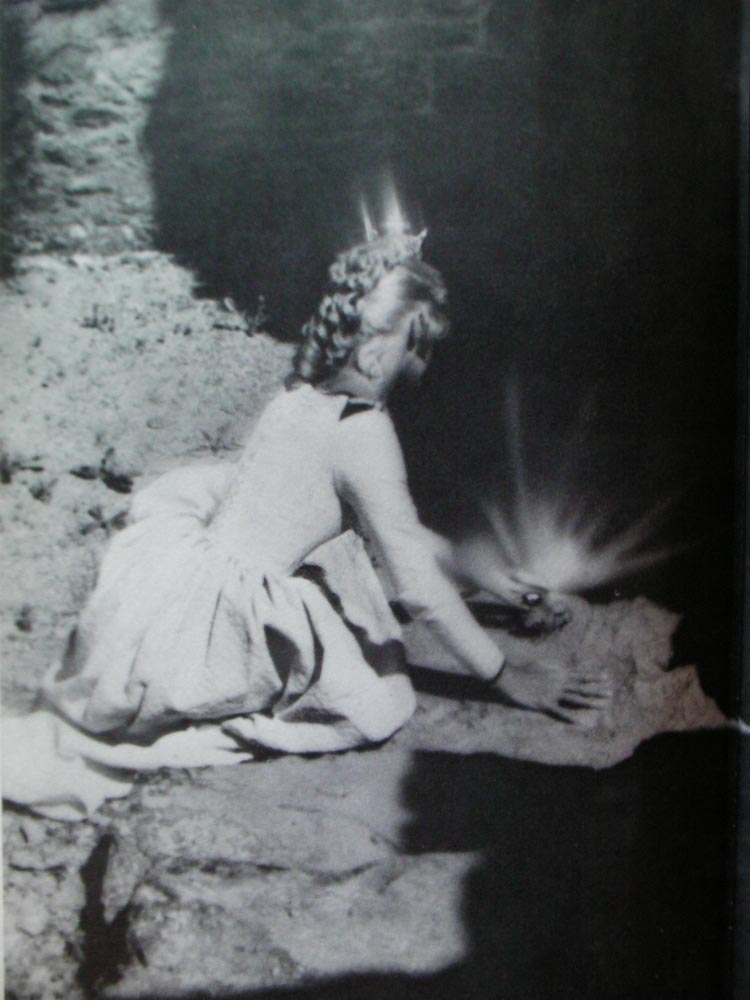
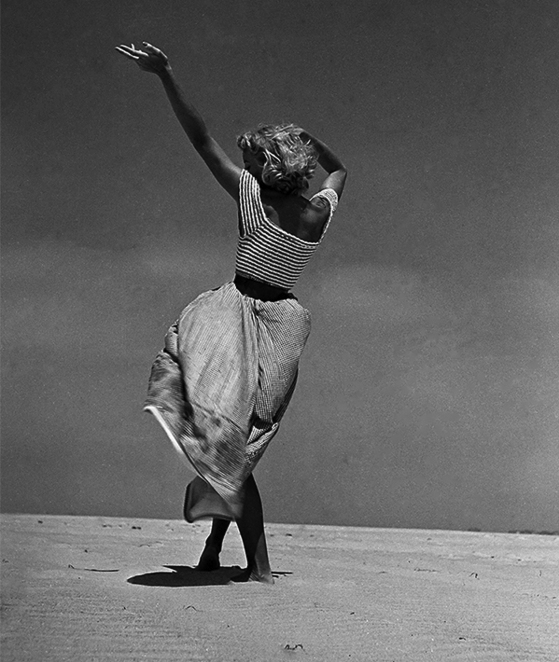
____
Story

‘Actress Famke Janssen says that an intruder broke into her home in New York City and left a creepy children’s book called, The Lonely Doll next to her bed. Despite the fact that Janssen says she has never seen the book in her life, detectives believe that it is actually Janssen’s book and that there was no intrusion involved. A source said, “They [detectives] believe that the book belongs to Janssen. The book has some connection to her home.”
‘Janssen originally told the police that she discovered the book after coming home from running errands on August 1. She filed a report at the First Precinct station house two days later. “She walked into her bedroom and noticed a children’s book standing on the shelf beside her bed,” a source said. However, after investigating the situation and watching surveillance videos thoroughly , police have found no evidence that anyone broke into her home.
‘“There is nobody suspicious” and “all the people on the video are accounted for,” said the law enforcement. Also, police said they found a “to-do” list hidden between the pages of the book with Janssen’s name on it. Janssen is not expected to be charged for filing a false report because she actually believes that someone broke into her home and left the book.’ — collaged
____
Books

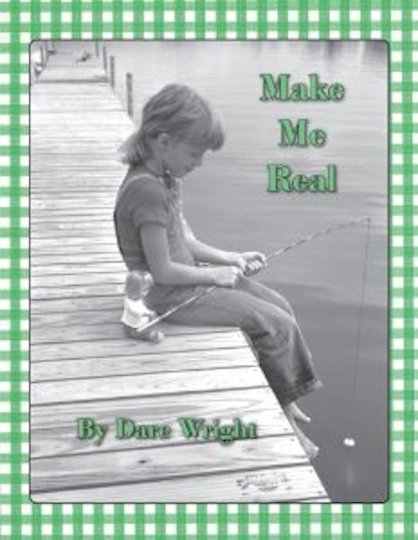
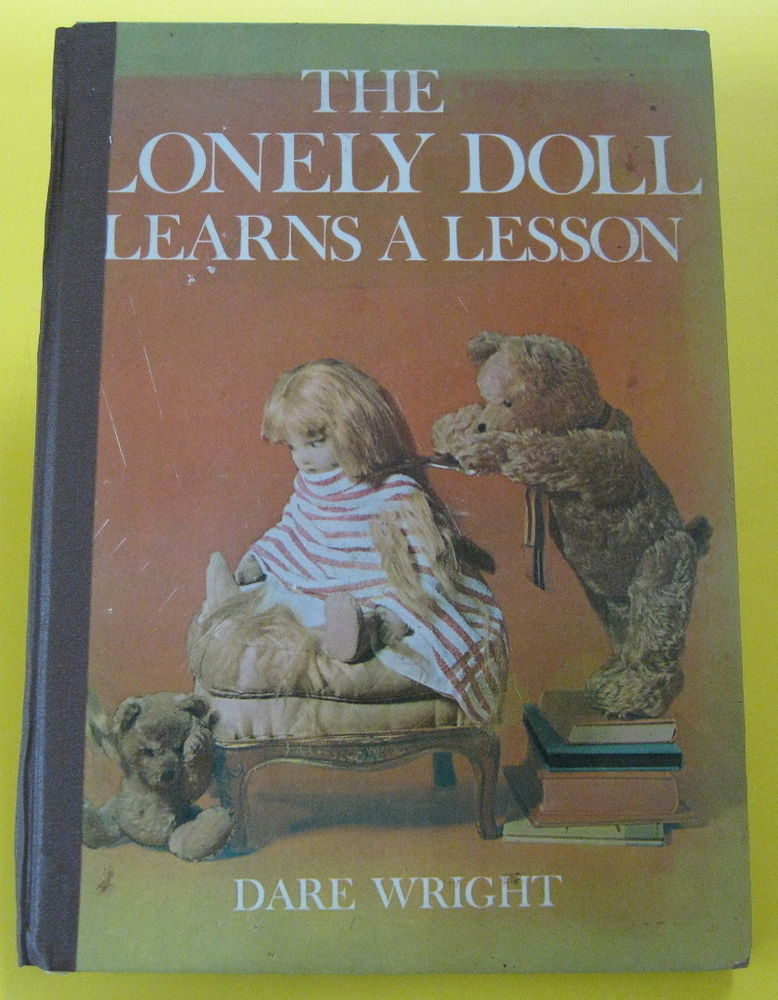
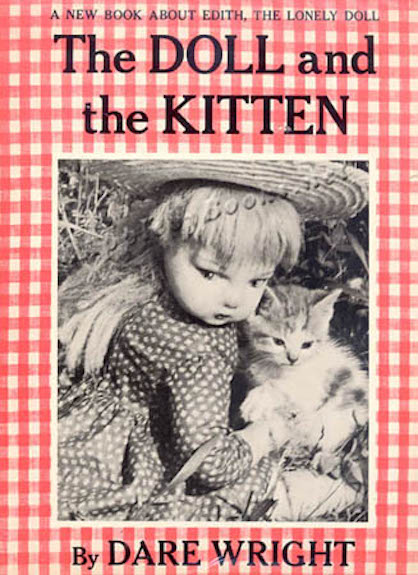
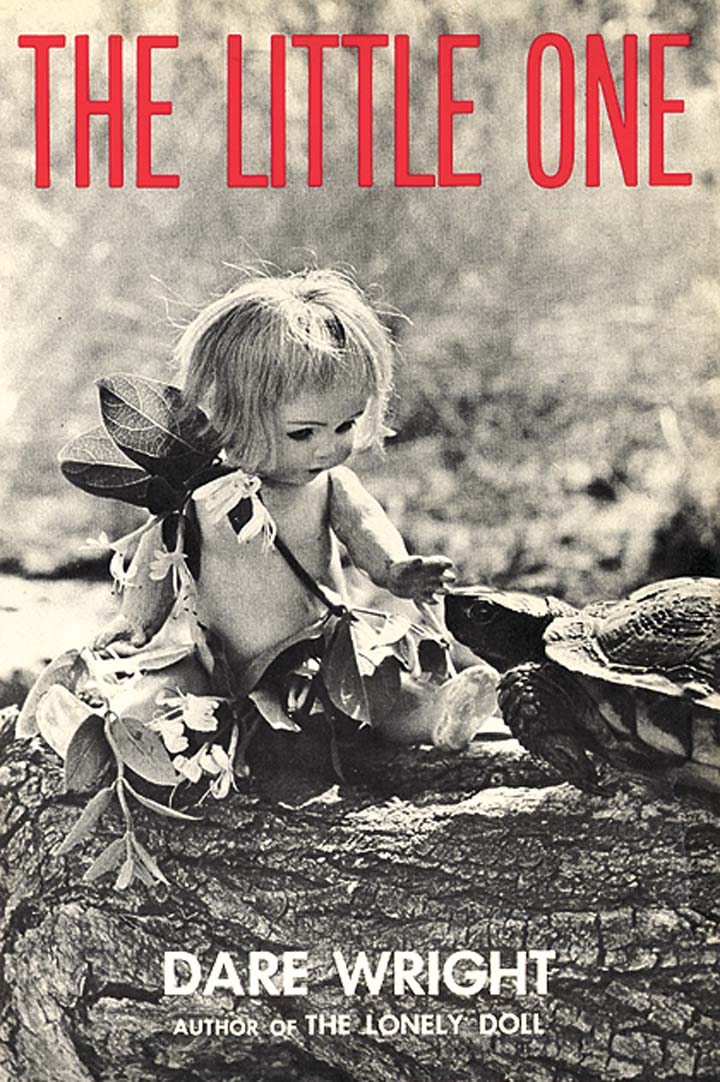
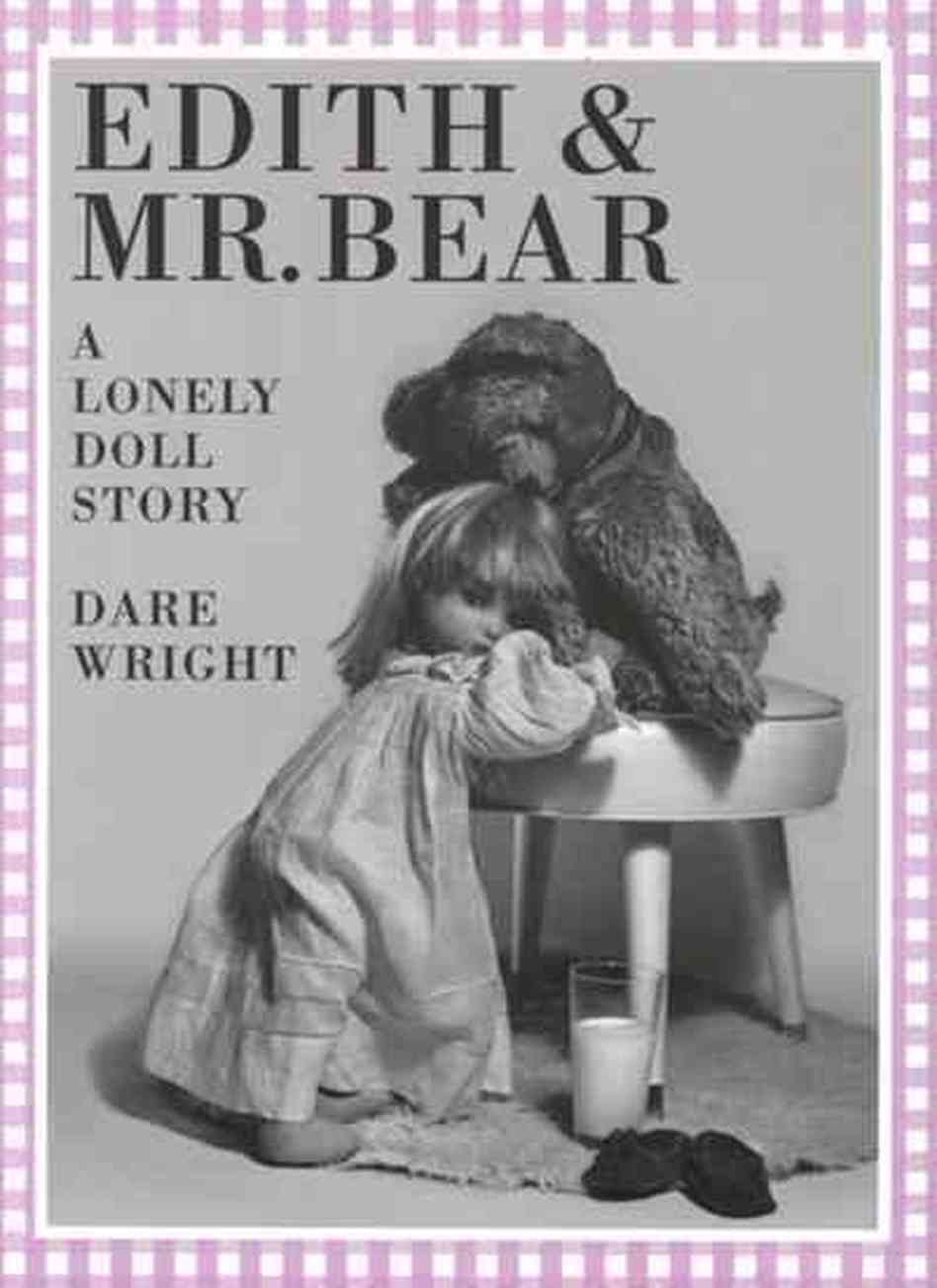


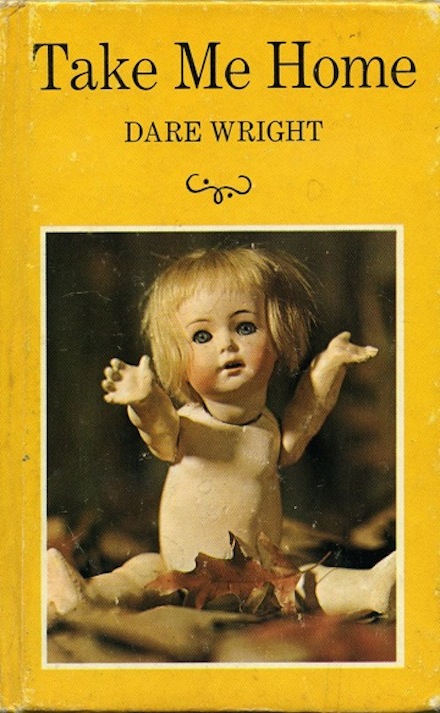
______
Counter-story
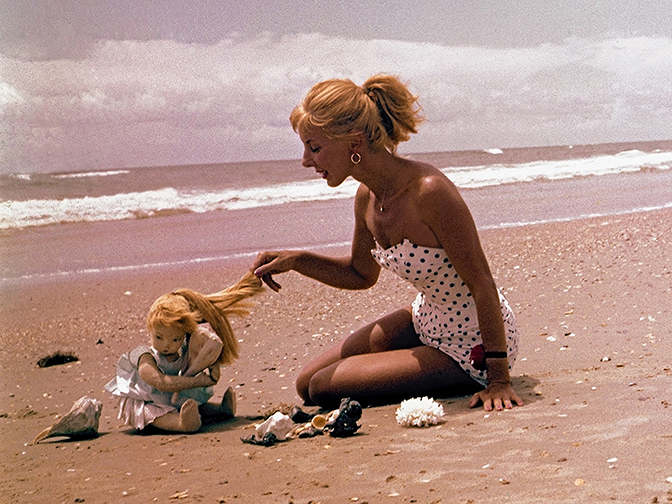
‘Following the news of actress Famke Janssen’s unsettling Greenwich Village home invasion, in which a copy of the 1957 children’s book The Lonely Doll was placed near her bed, the story can’t help but take on a new eeriness. But Wright’s only living heir and the owner of her estate doesn’t want people to get the wrong idea. “My Google Alert is just going nuts,” Brook Ashley, who considered Wright her “surrogate mother,” told Daily Intelligencer today. “But I want to separate the crime from the book.” As for Janssen’s unwanted houseguest, “Perhaps the person who left it there is saying, ‘I can be your friend, too. Let me into your lonely life the way Edith let the two bears into hers.’ That is creepy! Not the book, but the offering,” said Ashley. “That’s the most logical interpretation, but it is disquieting,” she said. “Why The Lonely Doll? This is like a Castle episode or something.” If she could speak to Janssen, “I would say I hope she reads it at some point to see it’s not terrifying,” said Ashley. “No one left a Stephen King book. I wonder if it was the first edition, which is quite valuable,” she added. “I guess it’s sitting in a police evidence locker right now.”‘ — NY Magazine
_____
Further
___
Work


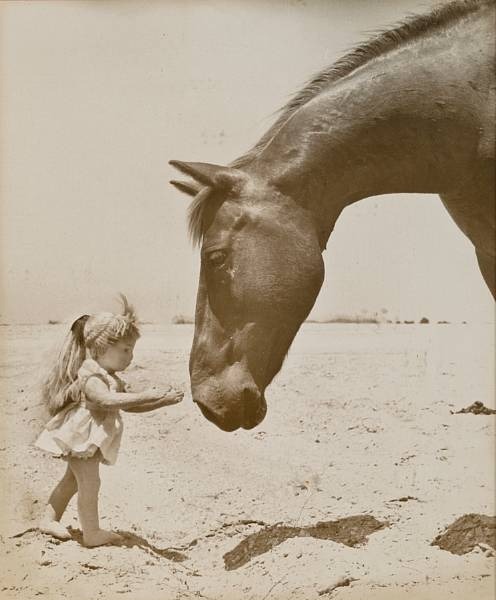
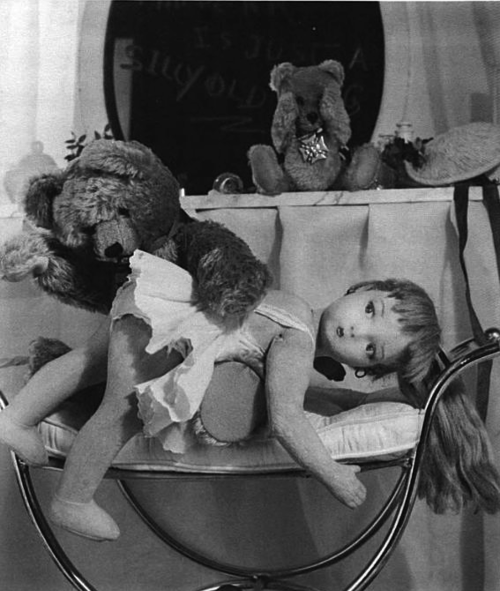
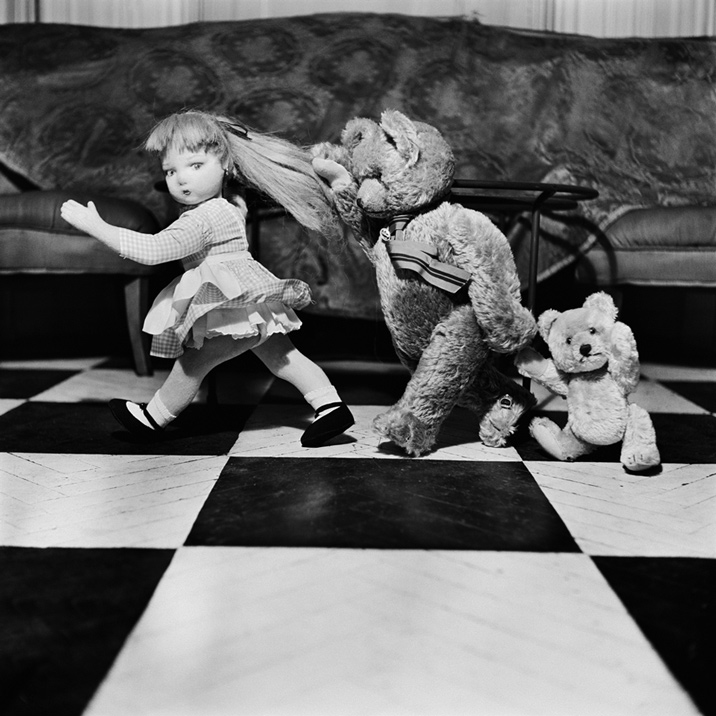
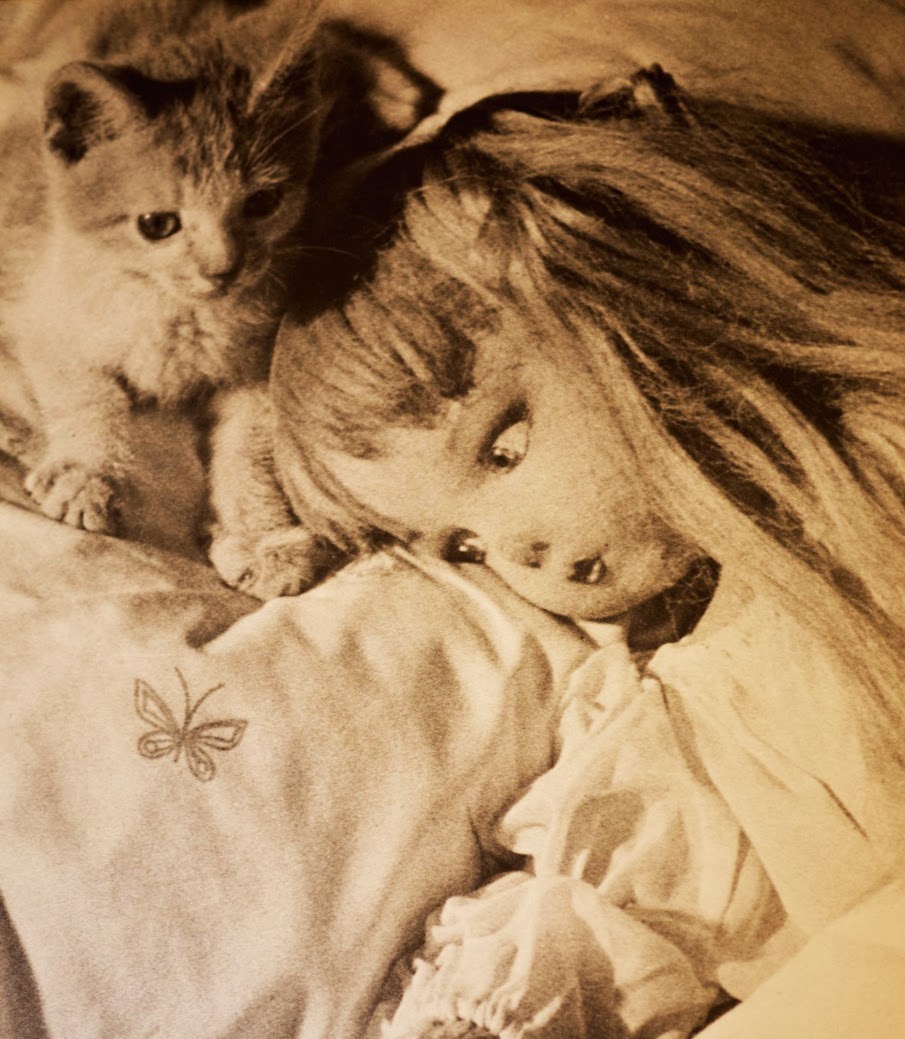
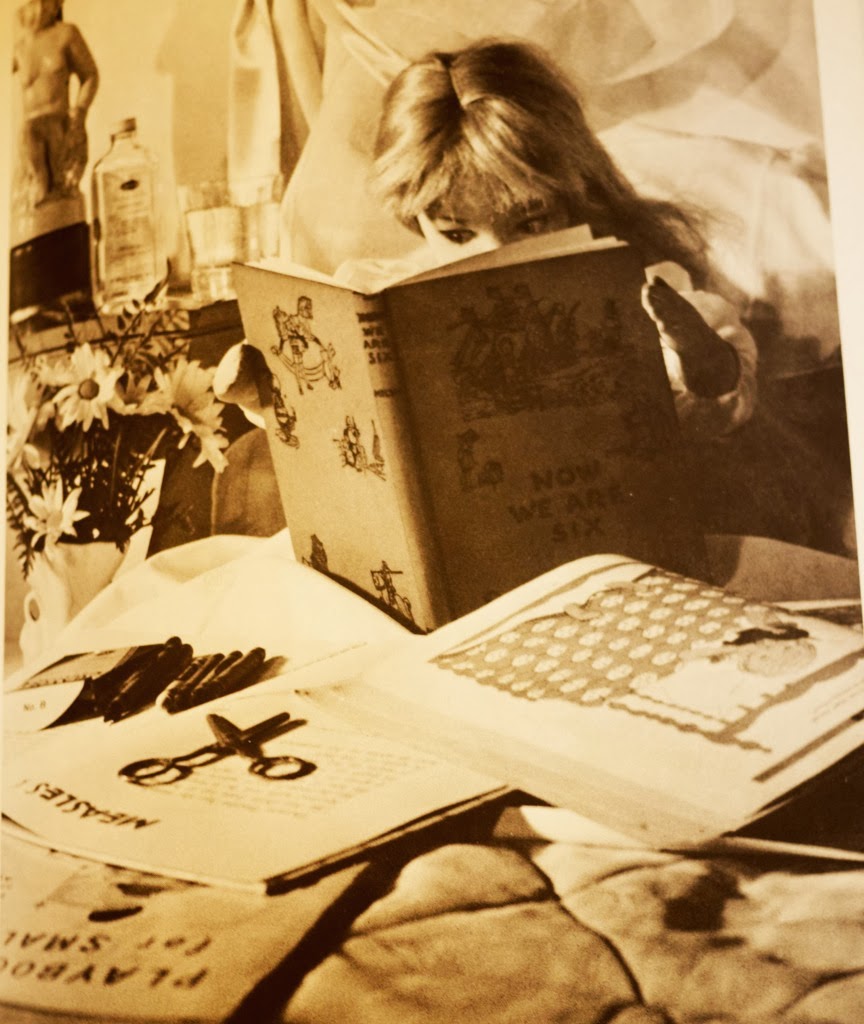
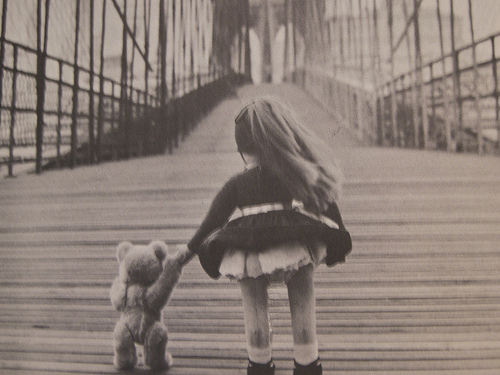

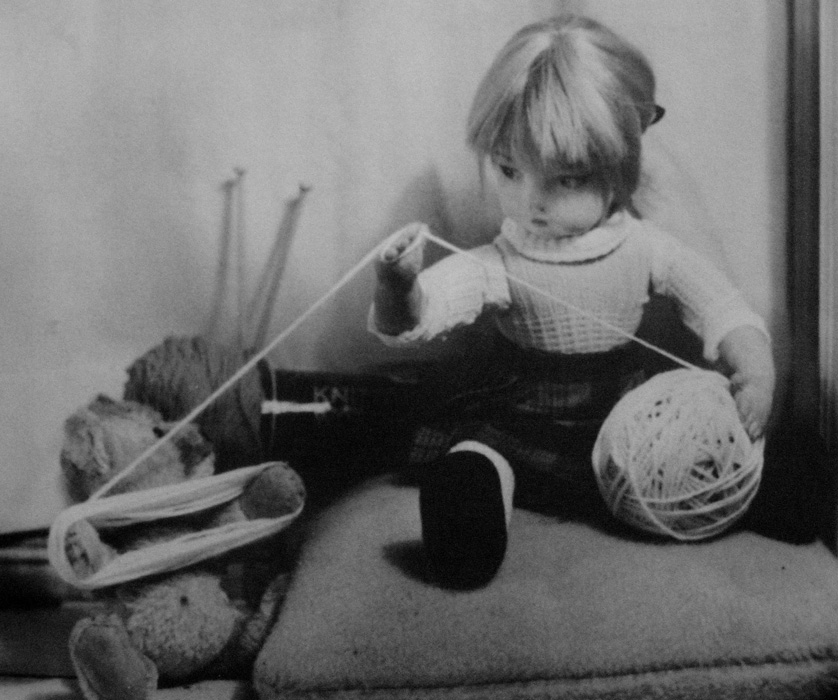
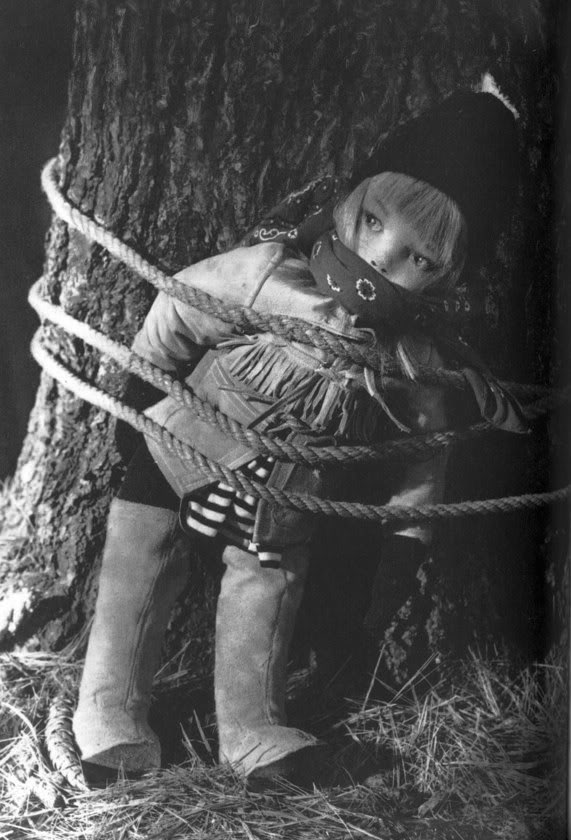
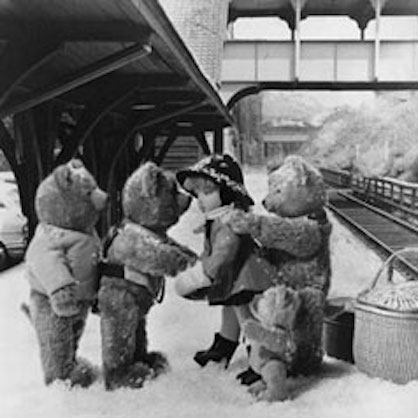
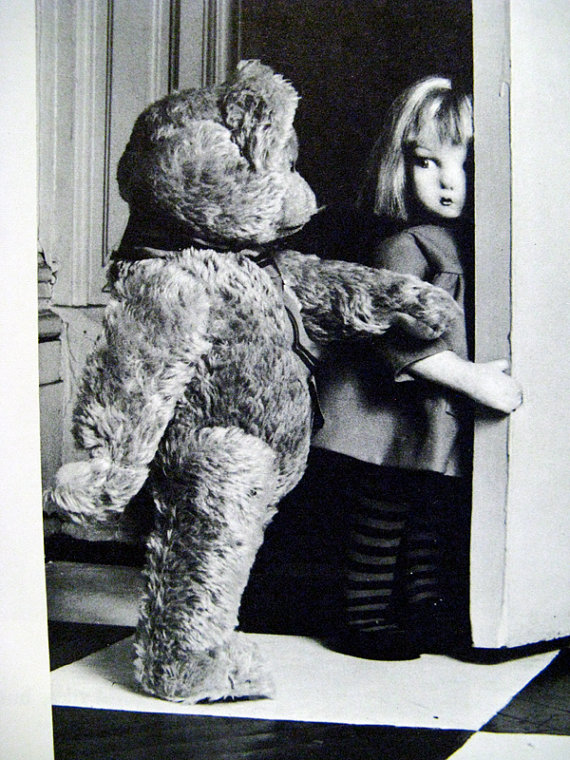

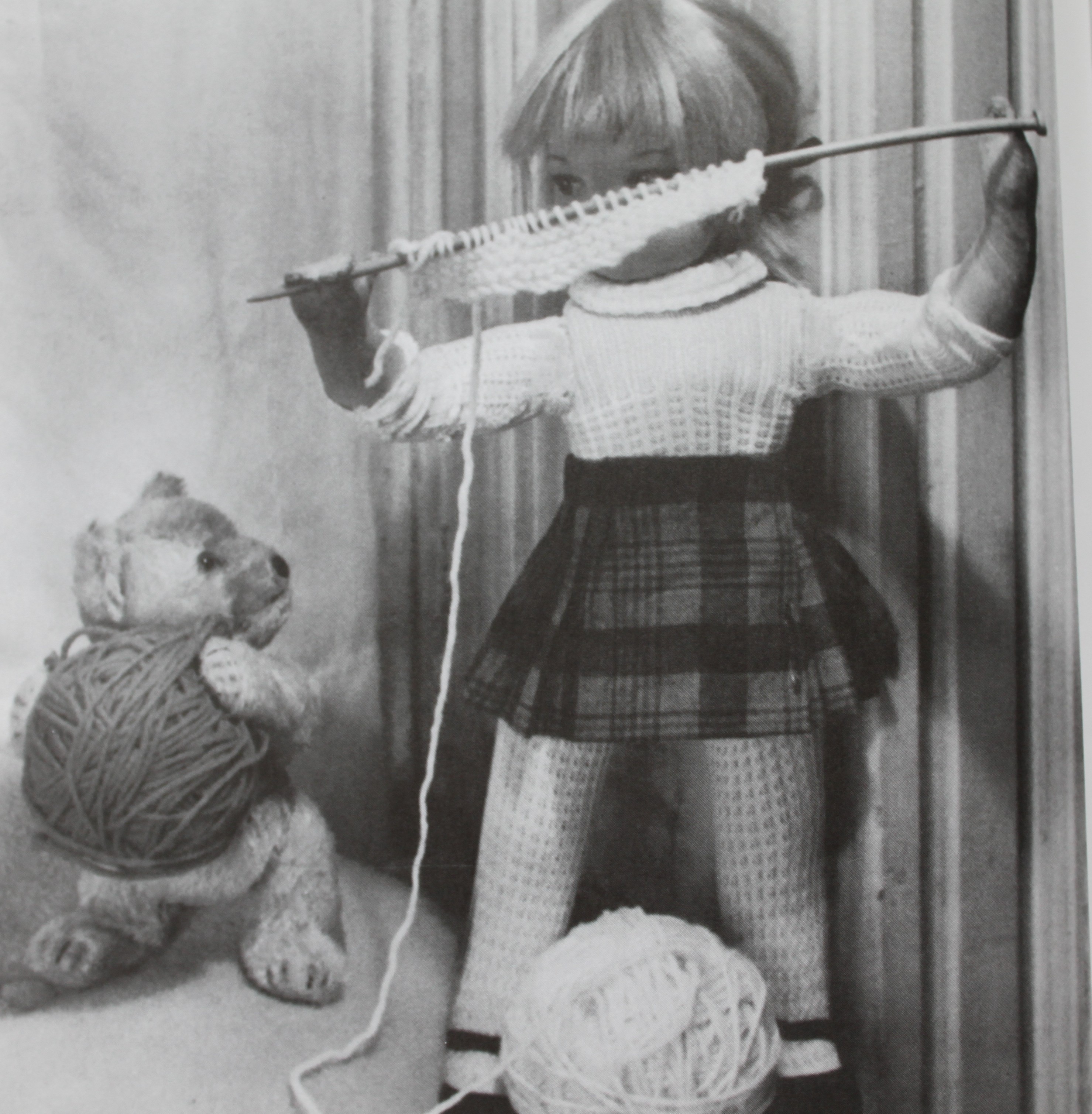
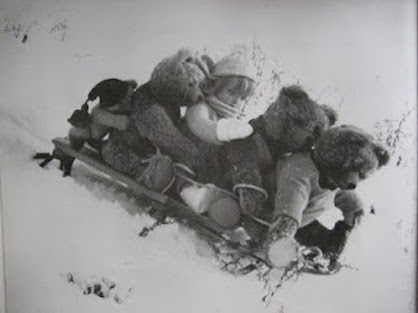
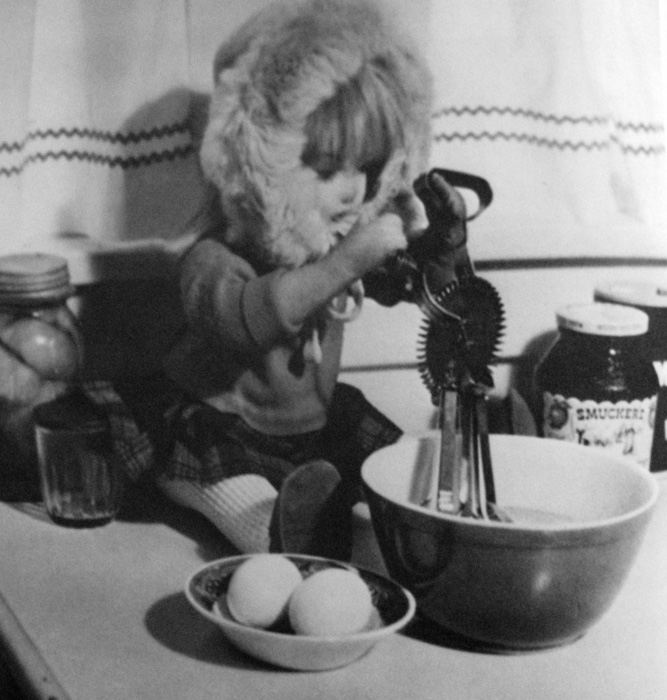
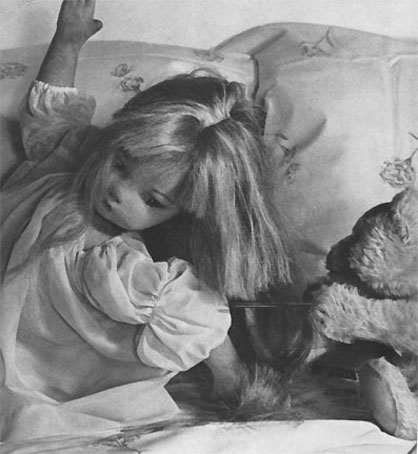
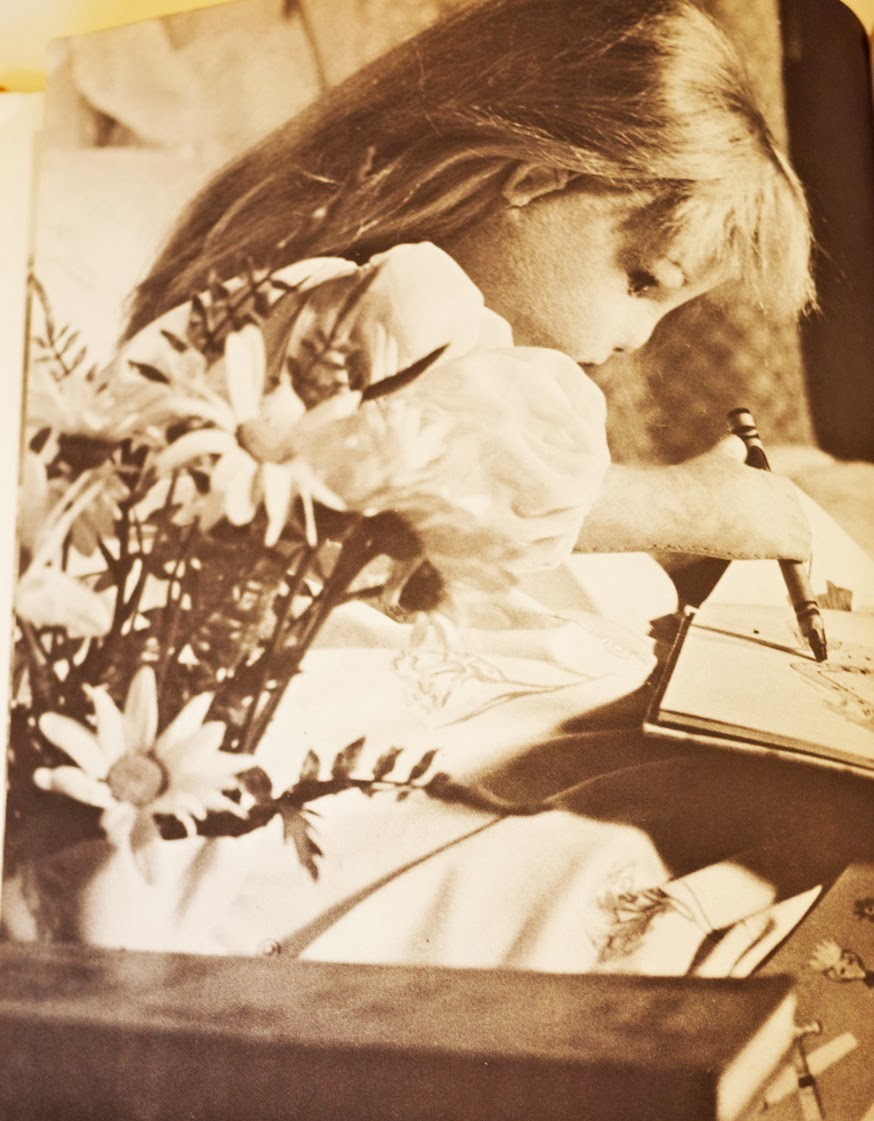
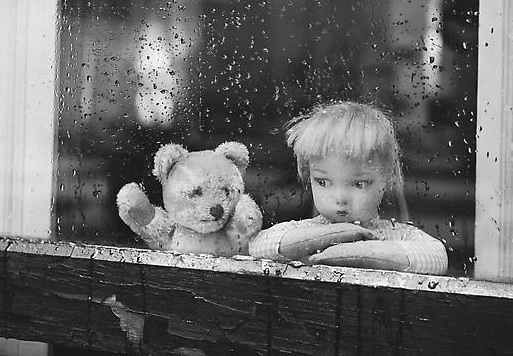
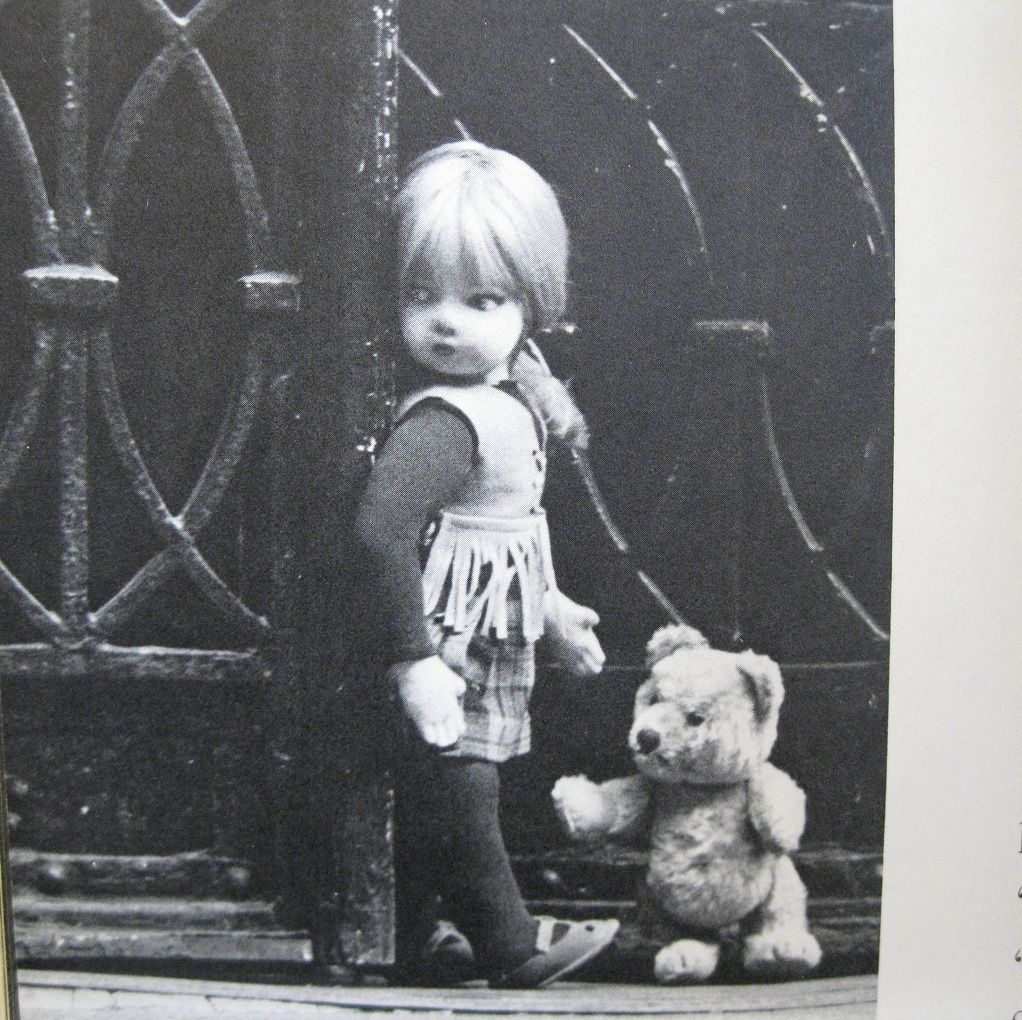
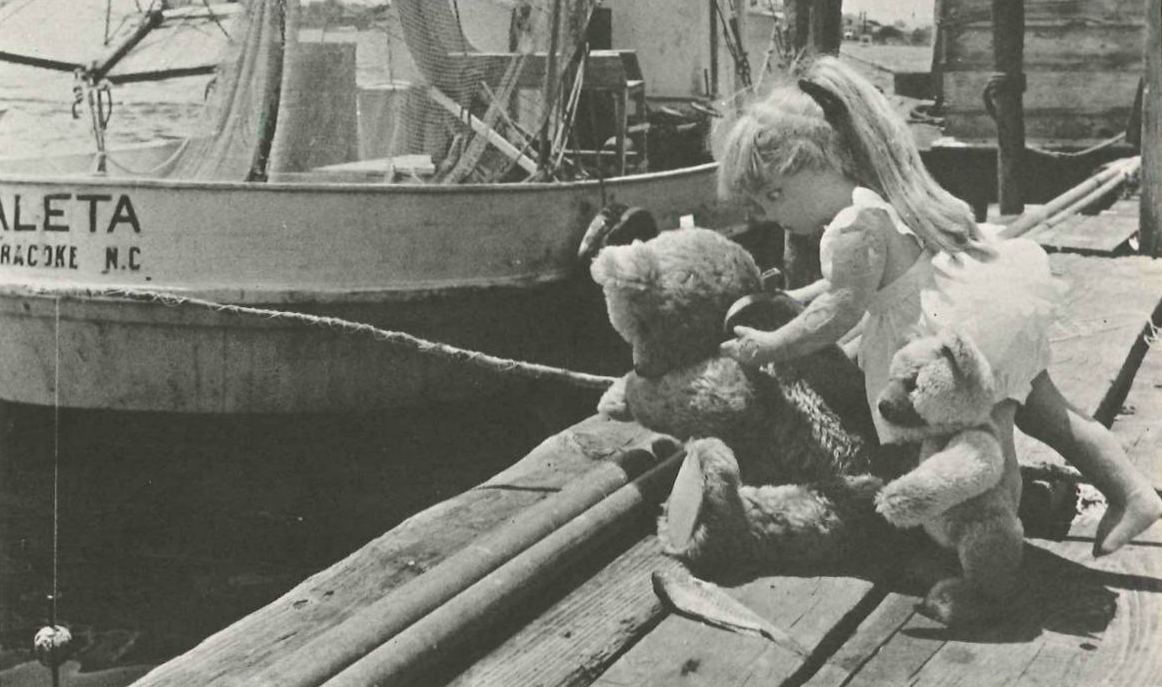

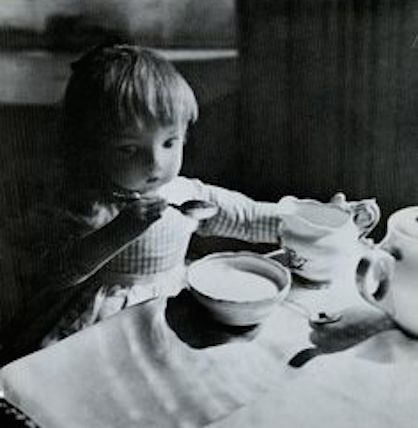

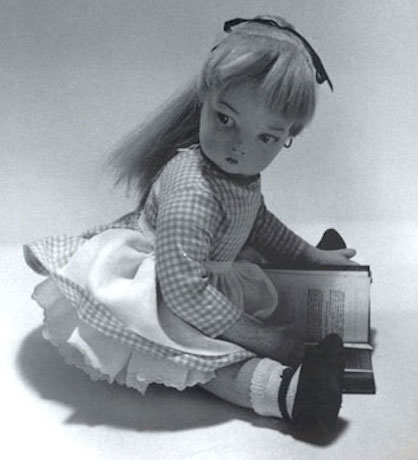
*
p.s. Hey. ** Dominik, Hi!!! Welcome to Monday. How’s yours? Mine is very gray and a little wet, externally I mean. My love giving your love a lifetime’s supply of air freshener as a house warming gift, G. ** David Ehrenstein, RIP Darlene. ** NIT, When I was a child, and very sentimental, I guess, hearing any recording of ‘Little Drummer Boy’ at Xmas would make me burst into tears of joy. Now I am but a crab shell of a human imprisoning that lovely boy. Thank you for the tip about Meg. I somehow hadn’t known that, I guess not being on instagram. I will reorder M in my head accordingly. Rejected-Xmas love, me. ** _Black_Acrylic, Hi, Ben. I’ve always wanted to put a Signer spinning tree in my living room, but I would need to buy a vacuum cleaner first. Do carry on that tradition! Does John ever bring his annual Xmas Live Spectacular show to the UK? I just saw the big Christian Marclay retrospective at the Pompidou. It’s big fun. I think you’d like it. I hope it travels over there. ** Montse, Montse!!!! Hey, my pal! I’m pretty good, all in all. The film stuff is proceeding well for the most part, and I think it’s going to be great, and I’m excited. No, the ‘Jerk’ film people don’t keep me informed, but that’s good news! Wow, congrats on your new pad, well, apart from the problems and growing pains. Where is it, not that I know Barcelona at all? I hope it becomes the comfort source it’s meant to be right away. As a Xmas present from it to you? Thank you so, so much about ‘I Wished’. Yeah, it was a pretty tough to write for me. You’re coming to Paris!!! I sure hope I’ll be here. Let me know your dates when you know them. Zac and I will be back and forth between here and LA until we shoot the film there in mid-march, but very hopefully our timing will be perfecto. It’d be so great to see you! Even huger love to you and the mighty Xet!!!! ** Steve Erickson, ‘If you’ve ever wanted to see a dance ensemble writhe on the floor to “Summer Babe” …’ is the nail in that coffin right there. The worst fears come true. Jesus Christ. No surprise that ‘The Whale’ sucks, but I hope Mr. Likeable Brendan sails through it unscathed. Your poor mom. I hope and trust that, what with it being Monday, she will get her ears in the clear again today. ** Robert, Hi, R. My weekend wasn’t bad. I’m happy to hear your sanity has returned. Your prose reads very sanely if you need confirmation. Oh, my god, no, I have not listened to that, but I really don’t see how I can’t now that you have facilitated my discovery. Here will go nothing later today, thank you (I think). I know upside down Xmas trees exist and are some kind of thing. I think Galeries Lafayette here, which prides itself on displaying a giant, surprise filled Xmas tree every year, hung one upside down a few years ago, if I’m not mistaken, and I believe I saw it and that it didn’t make the giant impression it intended. But, hey, upside down, why not, right? Everyone, Robert suggests that this video is fun to skim through, and I agree. Thanks for the effective Xmas cheer, pal. ** rafe, Howdy, rafe! Your comment did come through the first time, just so you know. I have not tried making AI generated imagery. I have friends who are really into and excited by it. I think they use Midjourney? I’m much better at finding and organising and fucking with pre-existing imagery than I am at generating it or ideas for it. But I might try. It does seem to be what fun is all about. And I’ll use that interface or whatever it’s called that you linked me up with. Thanks a lot. You doing righter than rain, I hope? ** Okay. Someone wrote to me recently and asked me to restore Dare Wright Day, and, being an amenable sort of person, I did. See you tomorrow.

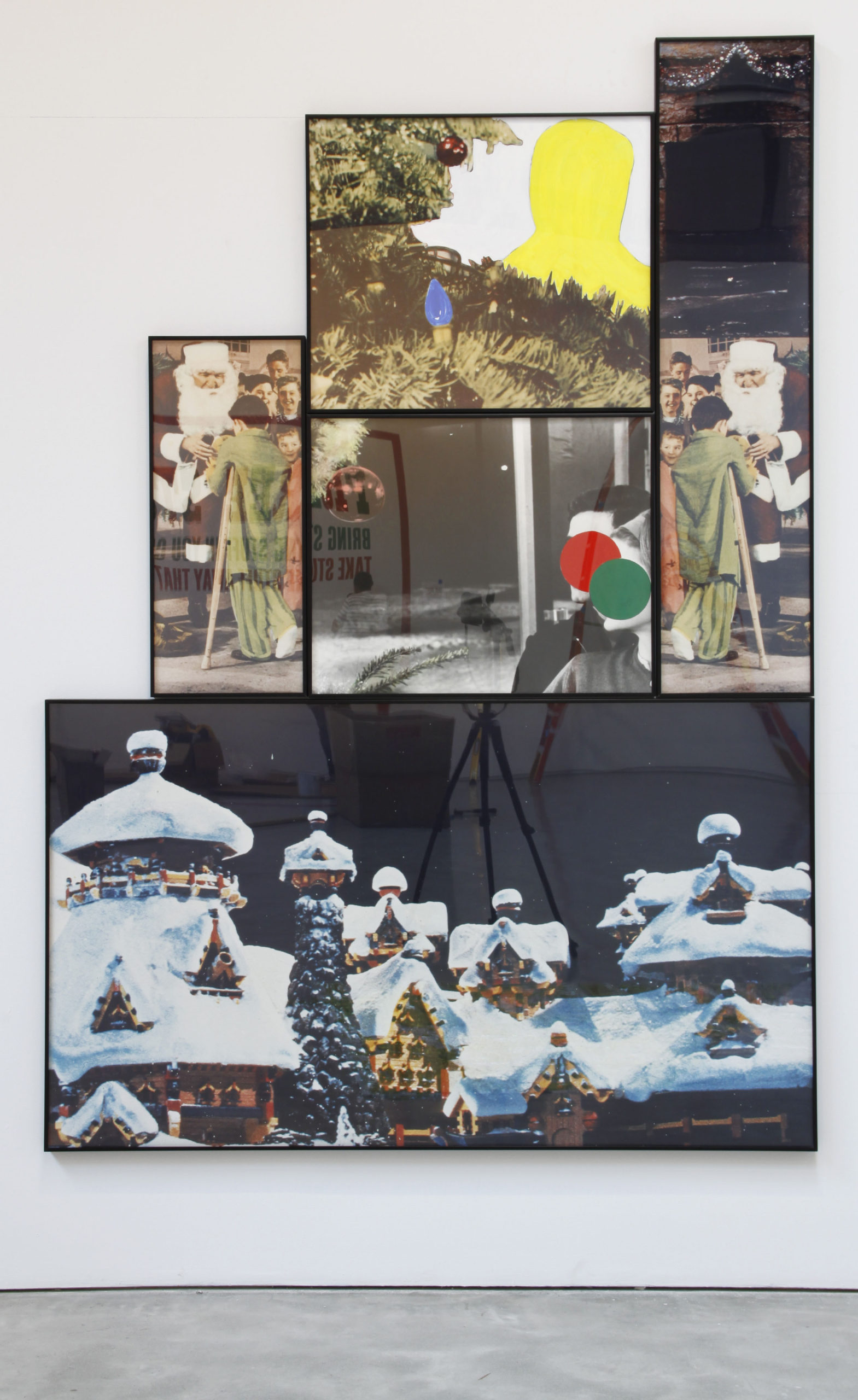



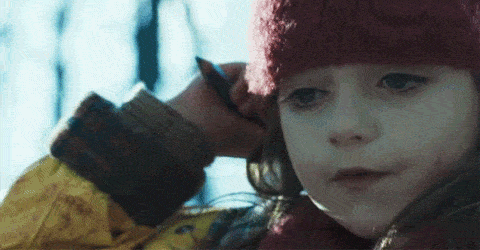

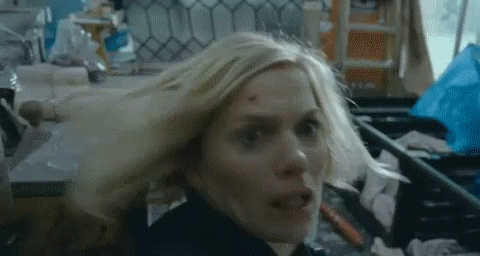
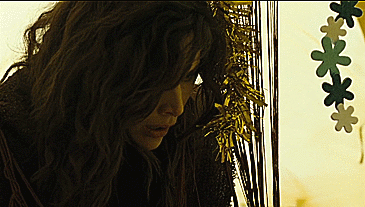
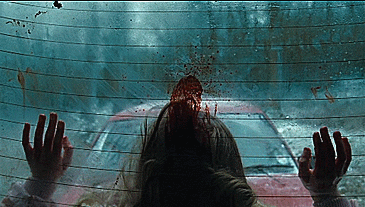

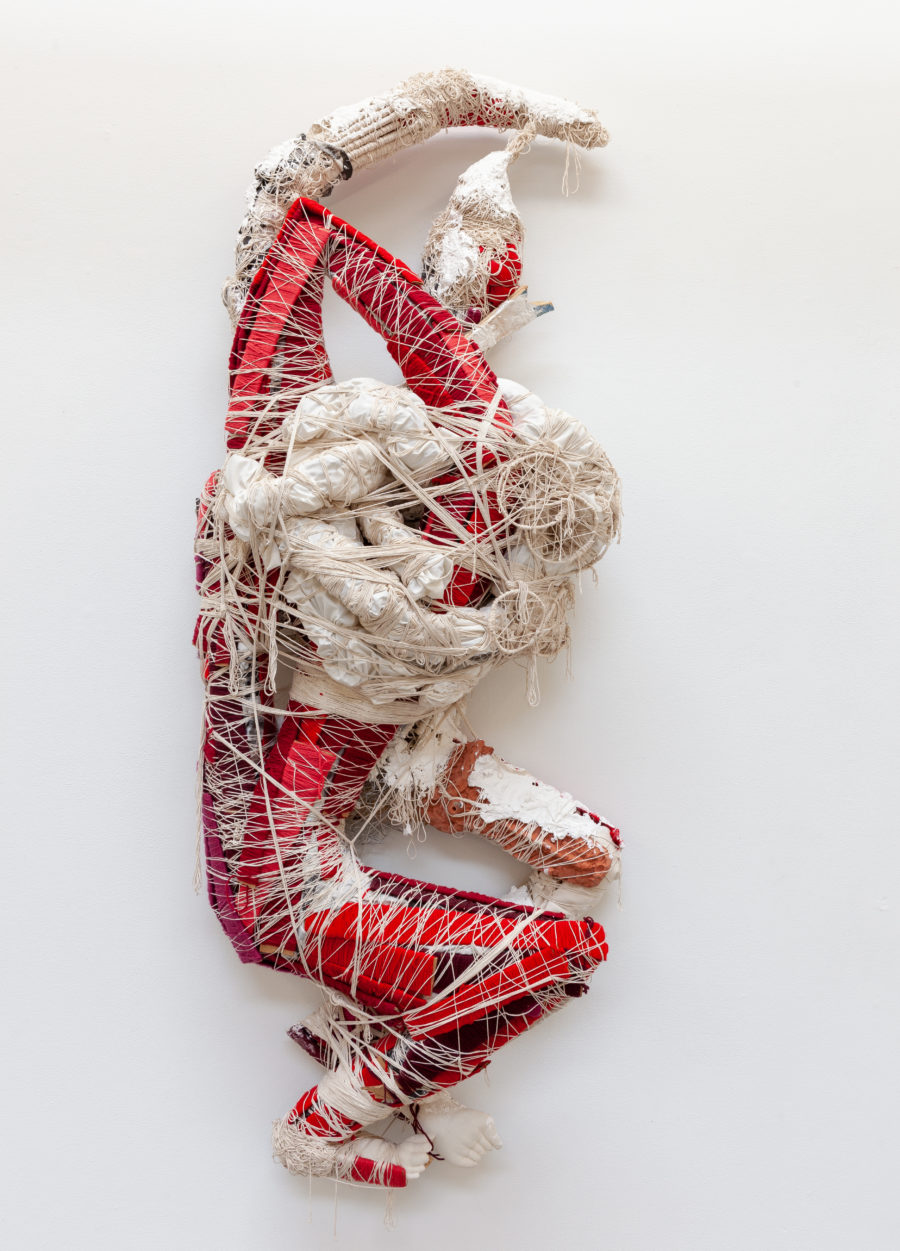

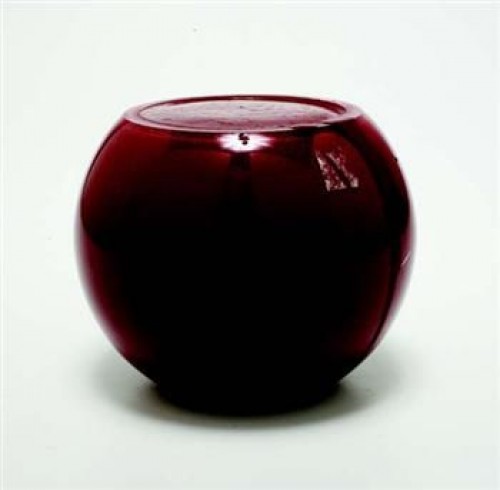


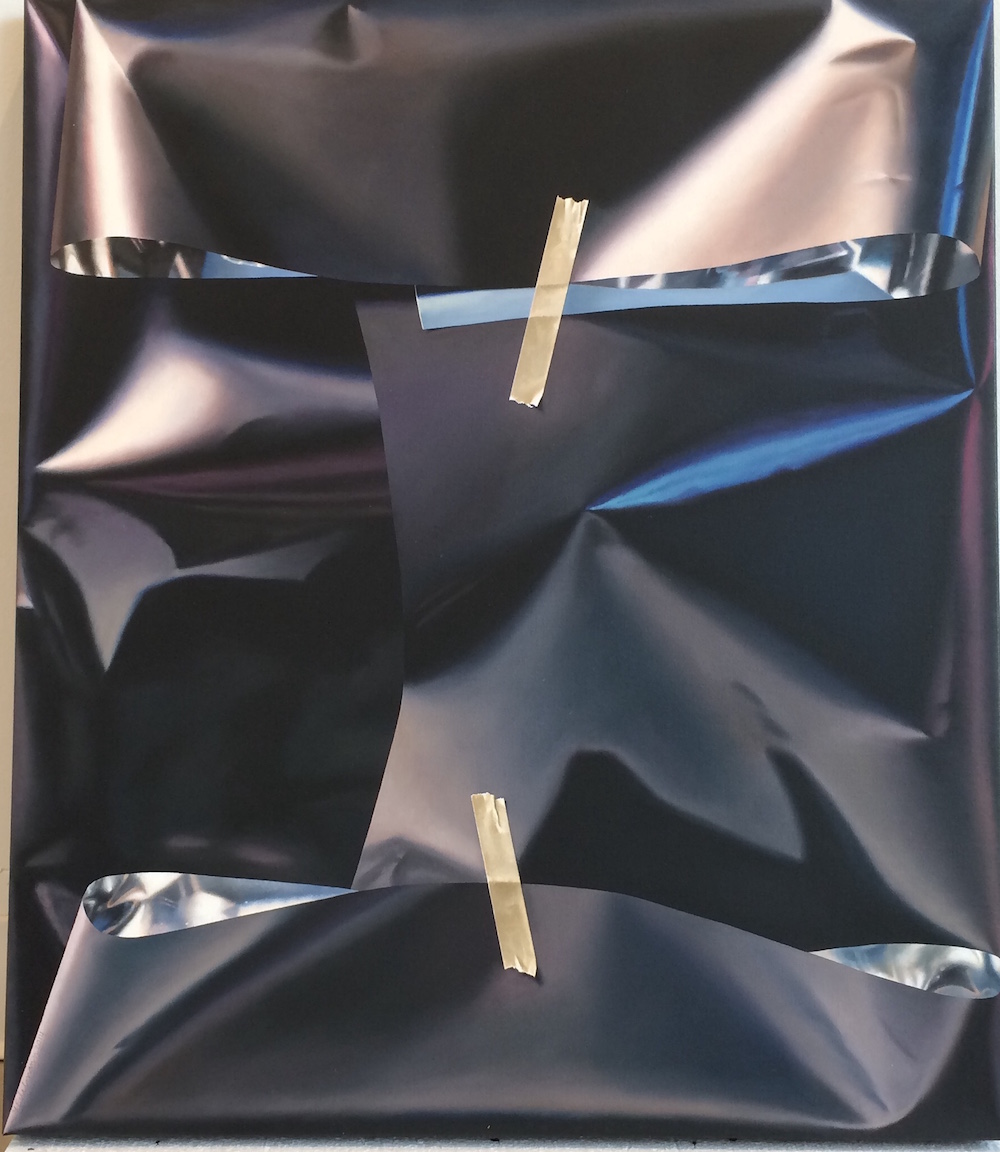

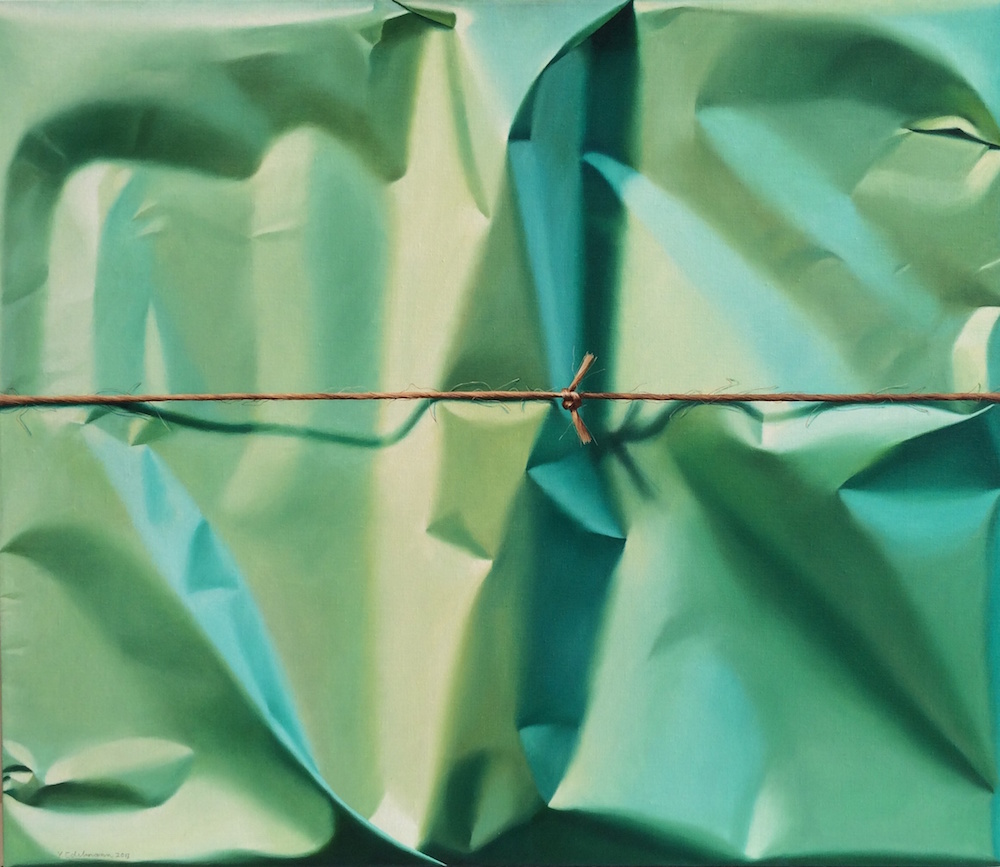





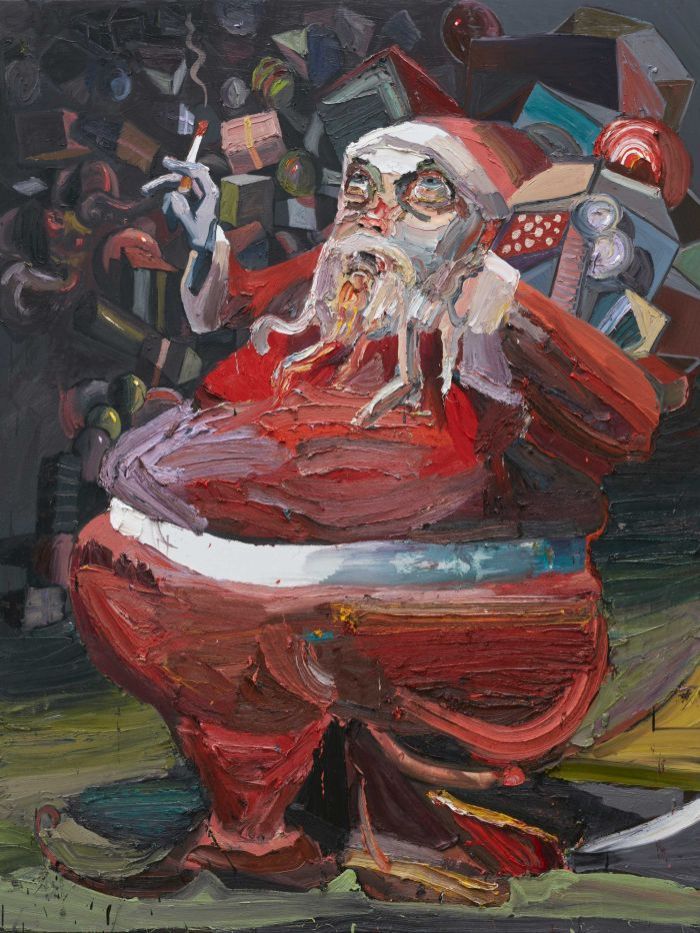
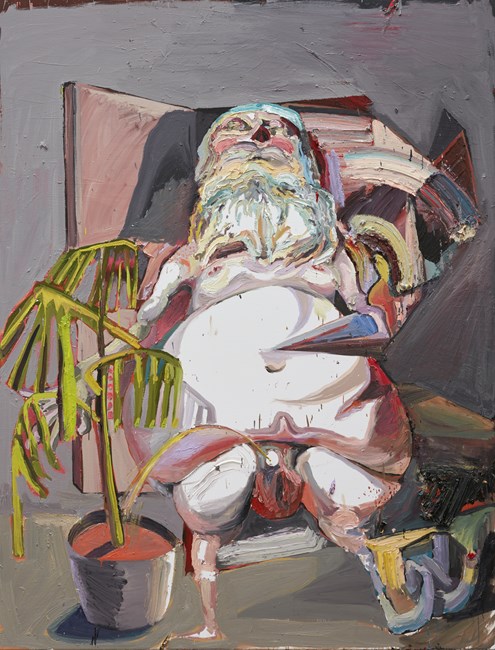
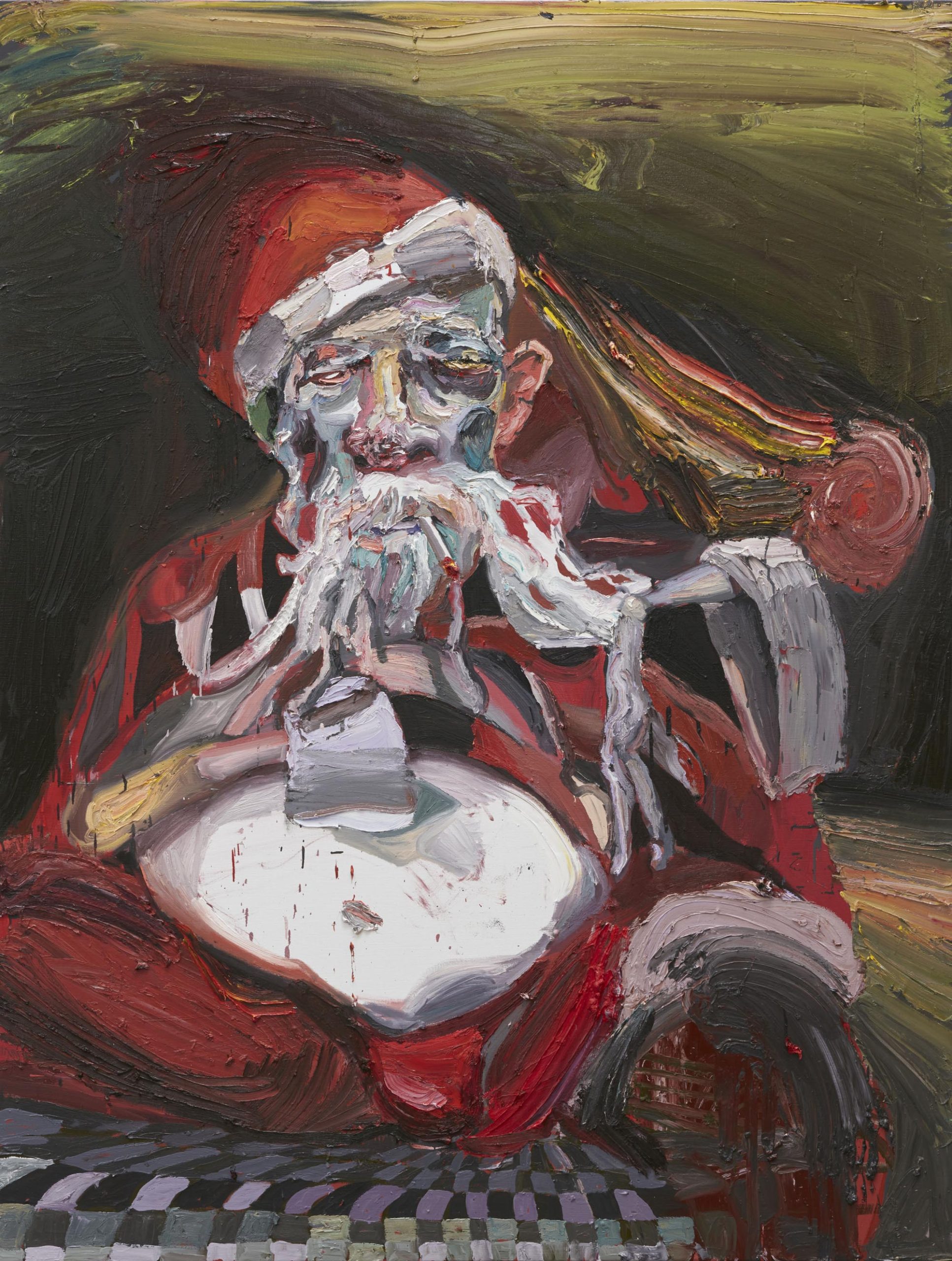
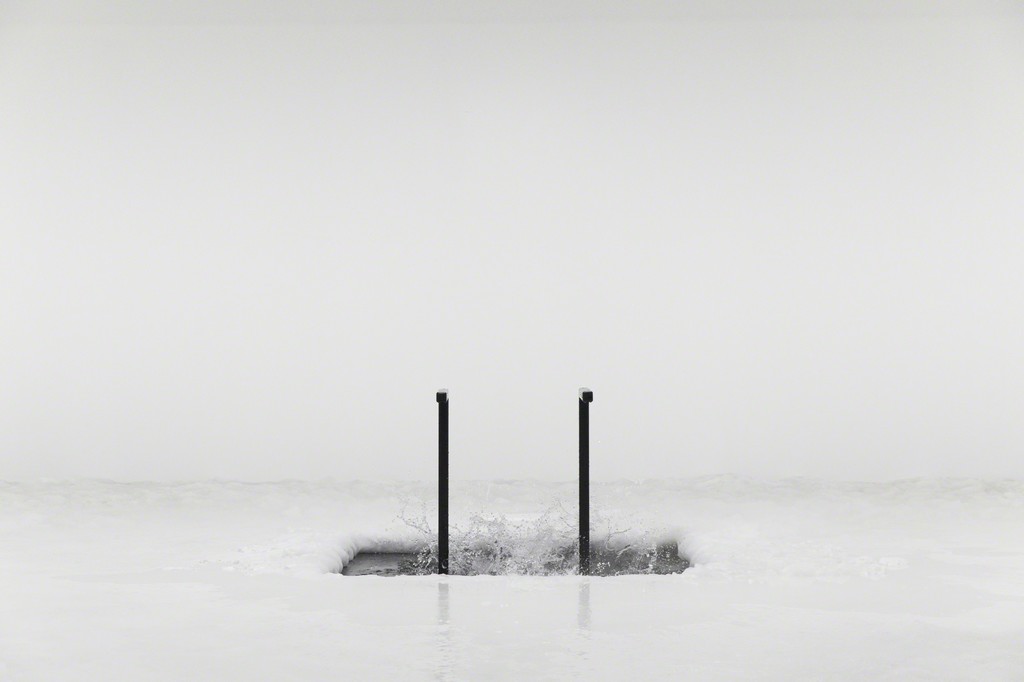

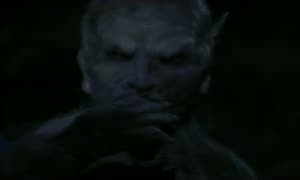
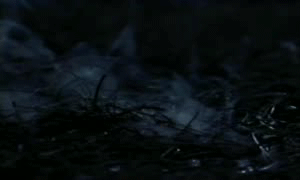
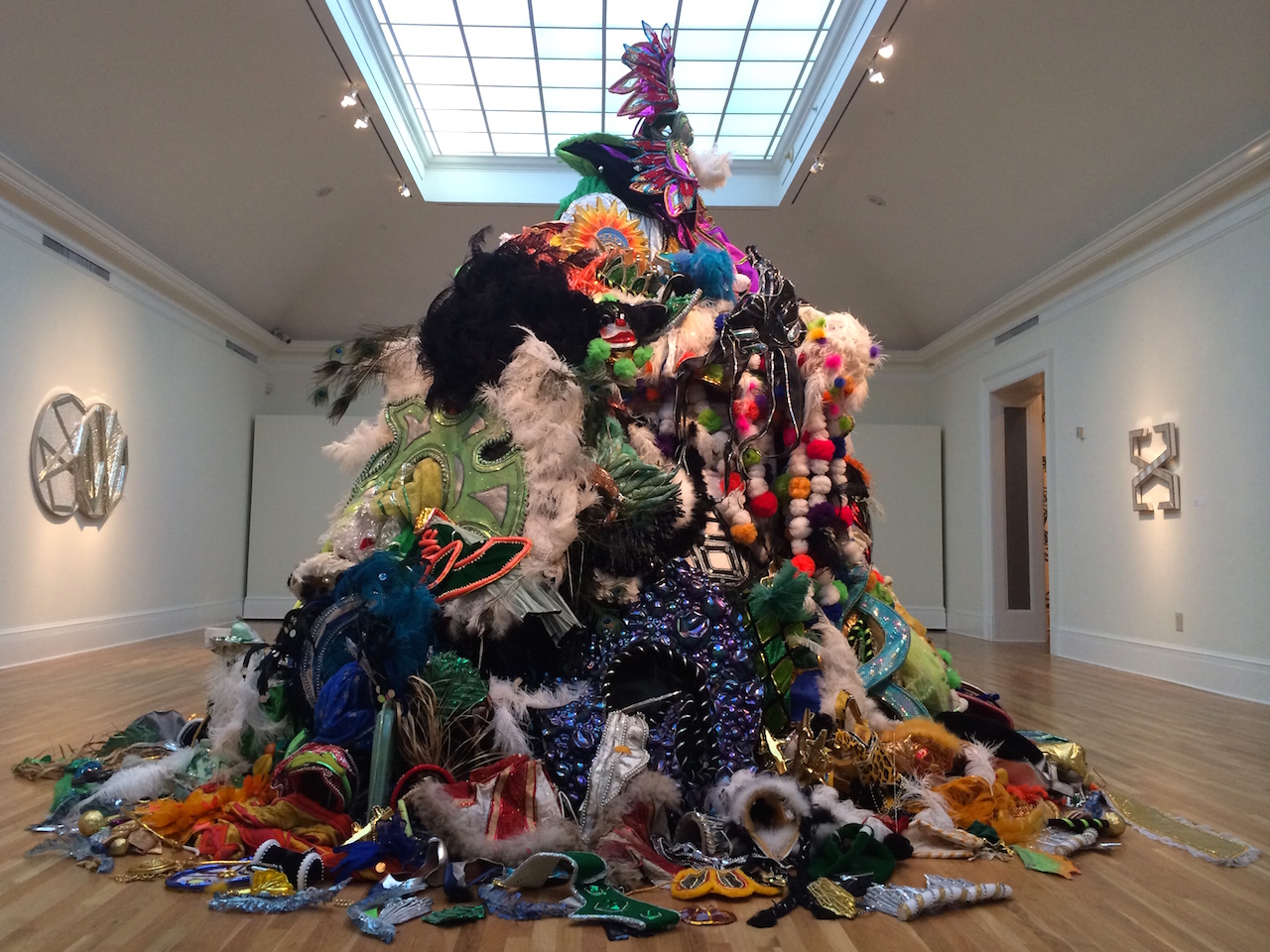

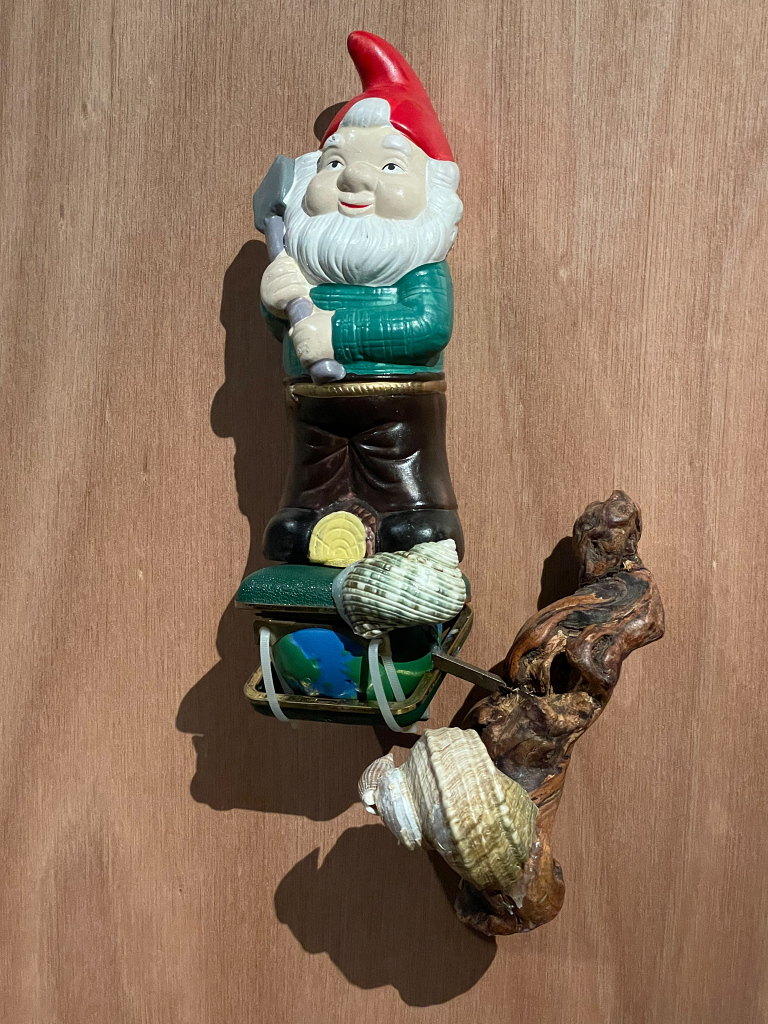
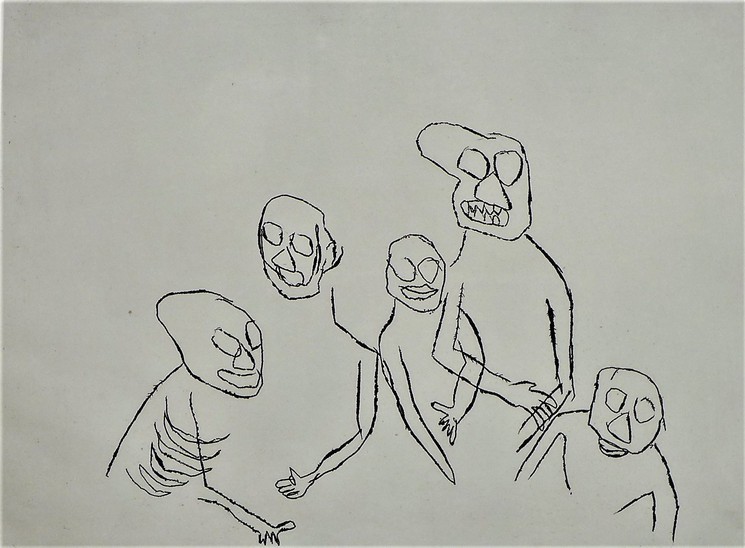
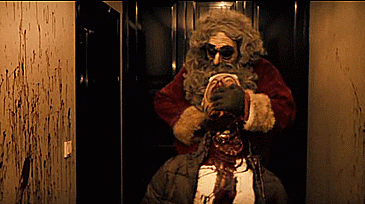
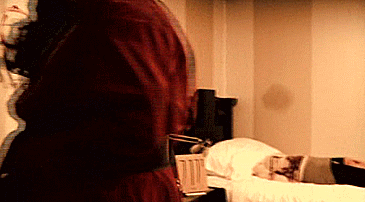
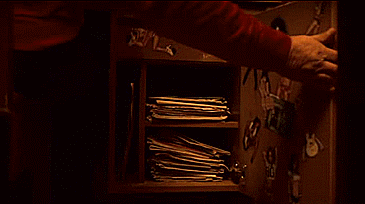




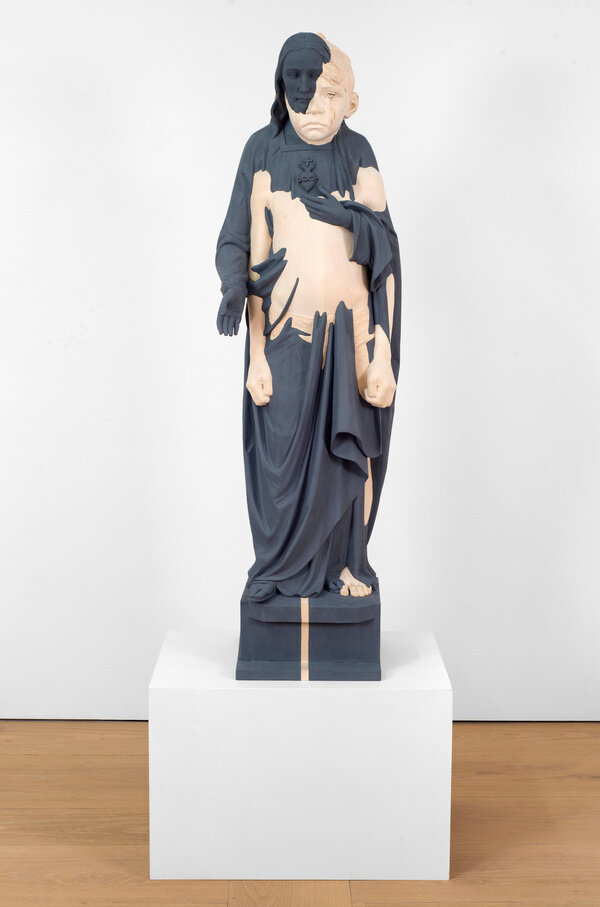

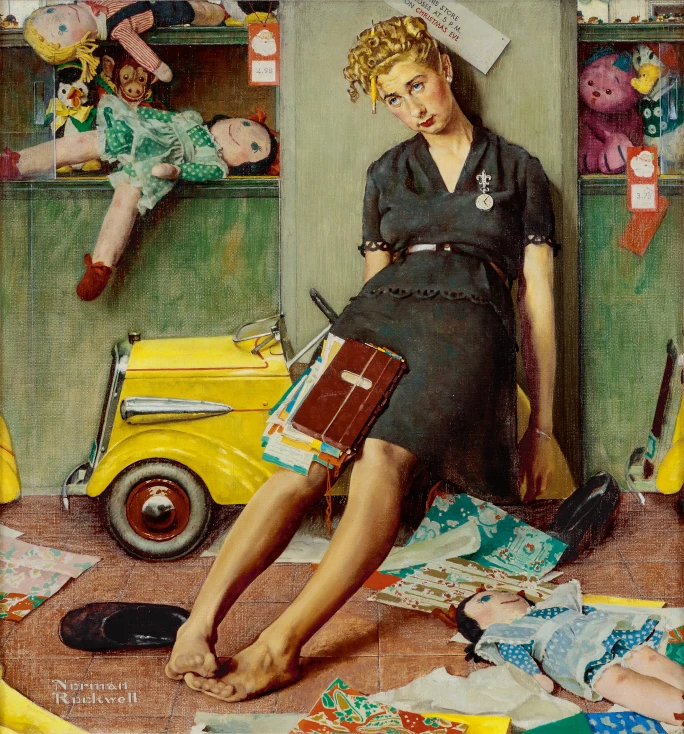

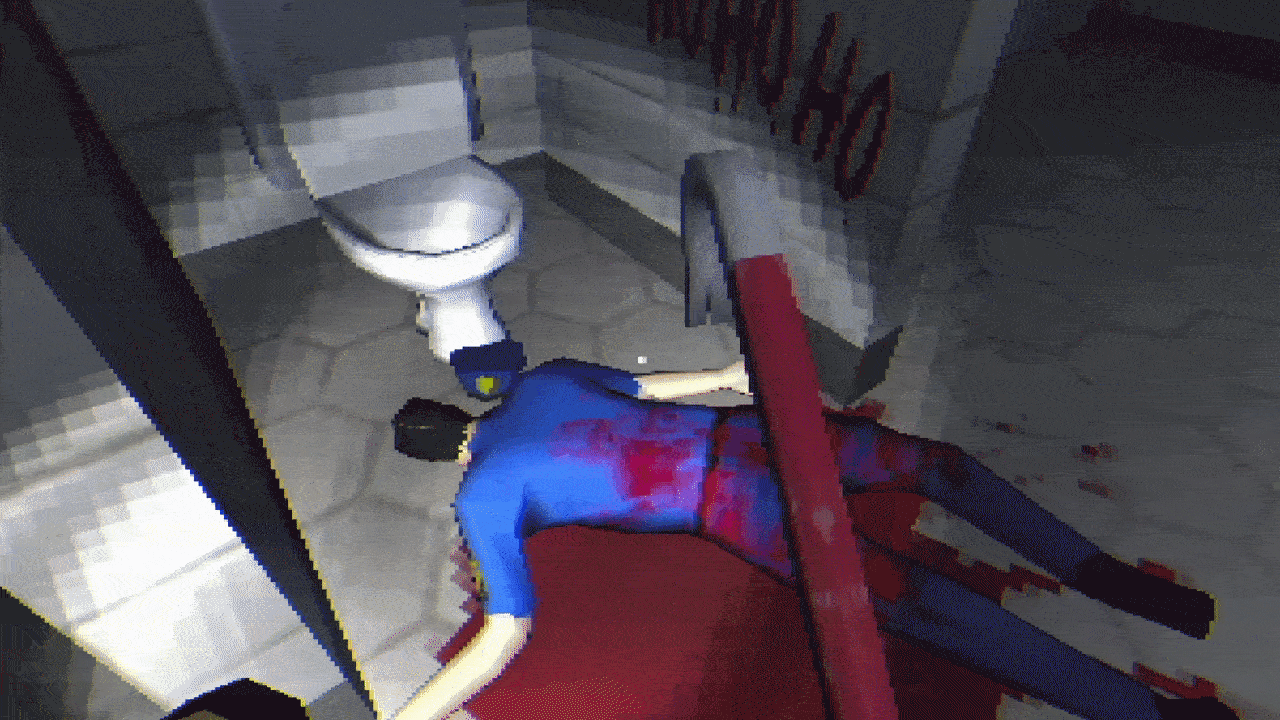

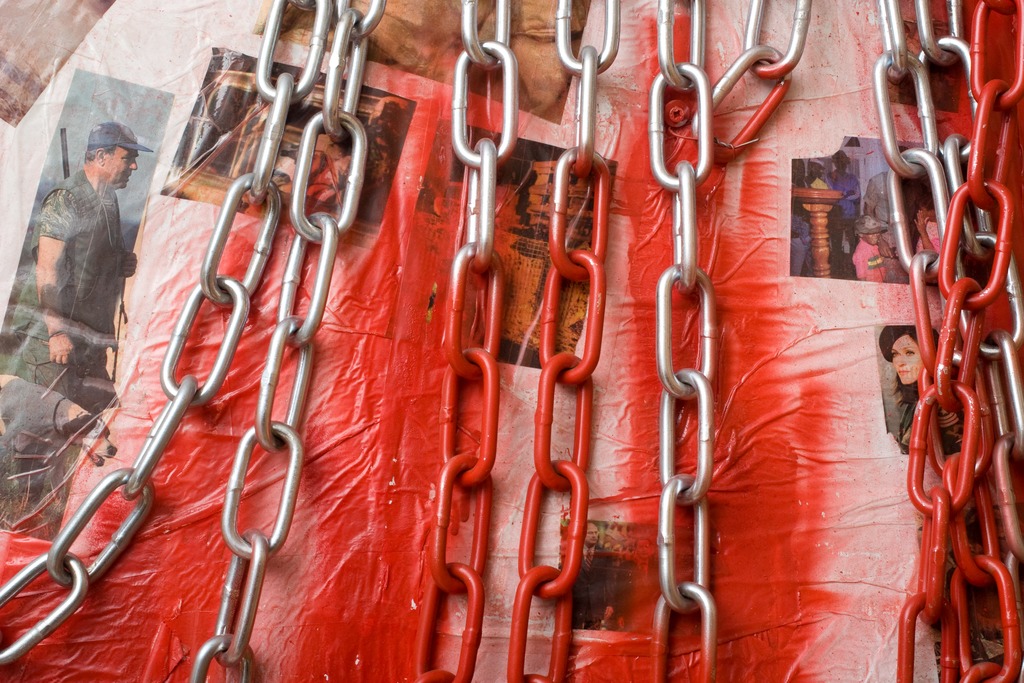
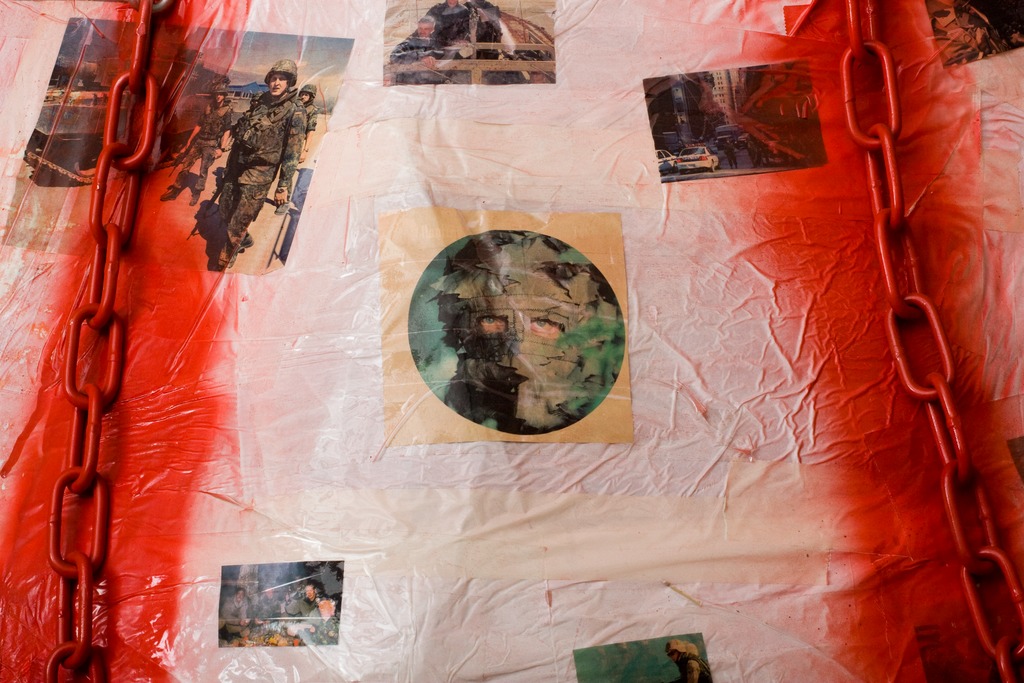




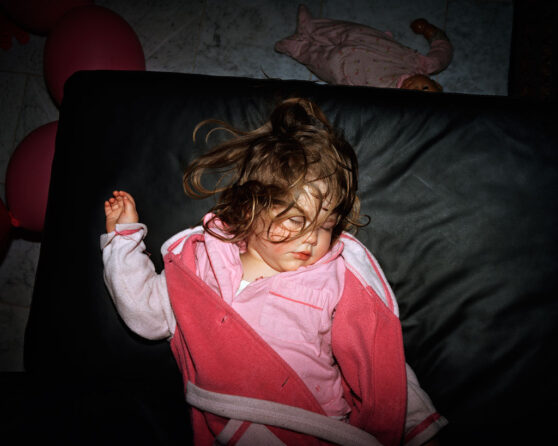
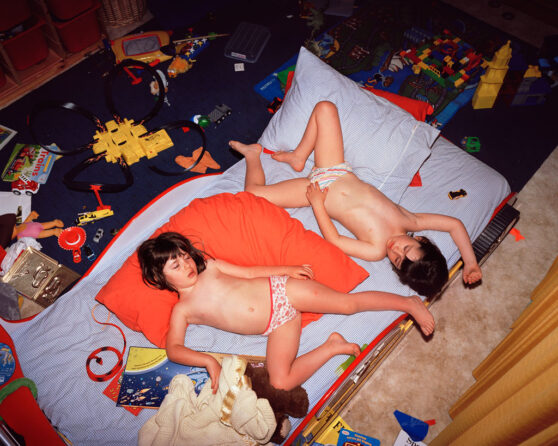
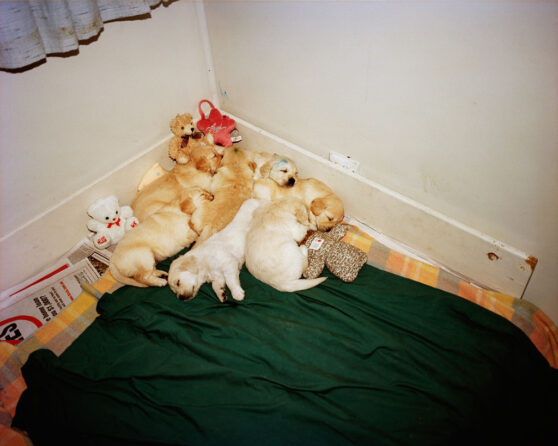

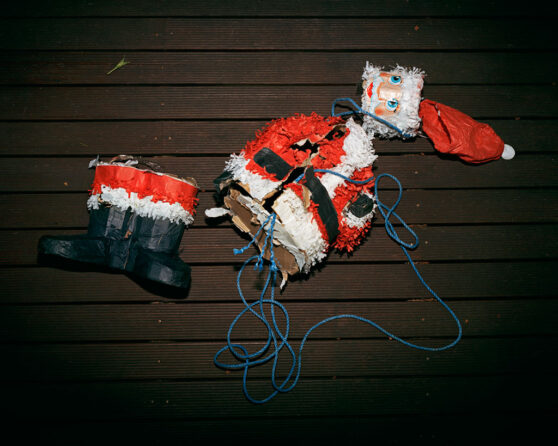


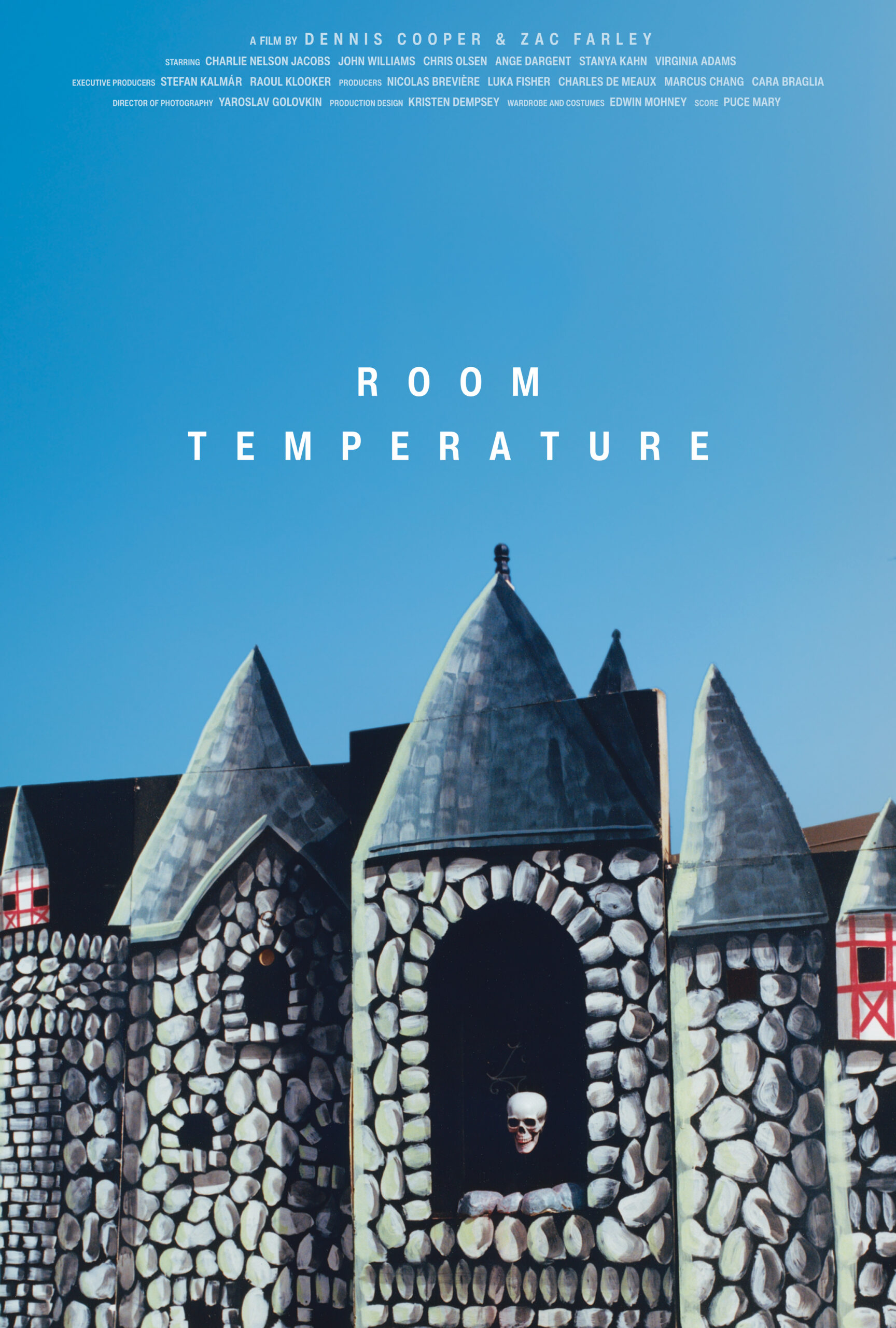



 Now available in North America
Now available in North America 